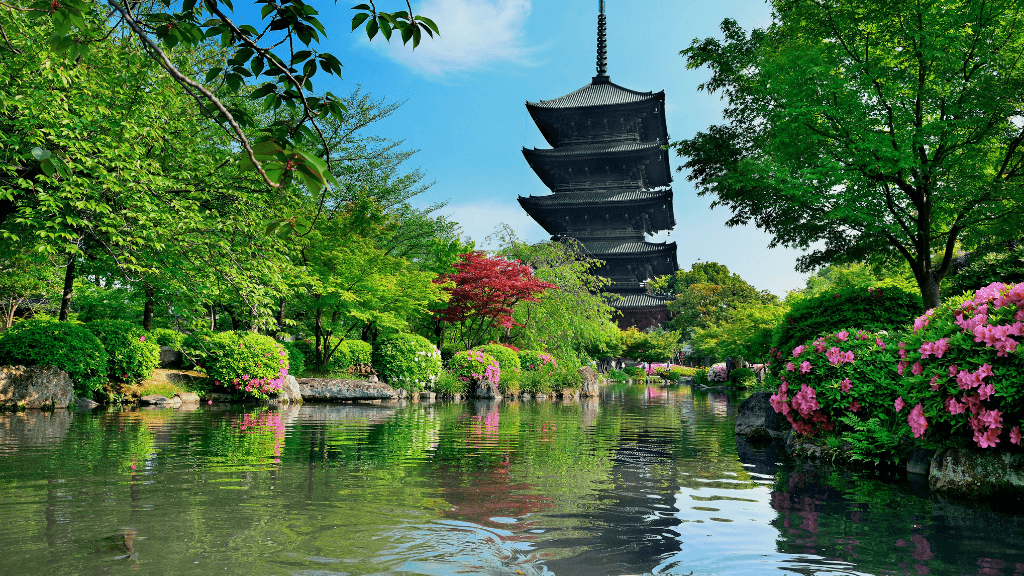
Icons of Japan | 10/14 Days of Temples, Trains & Tastes
📍Japan | Guided | All Essentials ✅
Neon nights to temple dawns—trace Japan’s Golden Route by shinkansen from Tokyo’s buzz to Kyoto’s shrines and Osaka’s late-night eats.
Choose 10 days for the essentials, or extend to 14 for a Koyasan temple stay, Nara’s deer, Hiroshima’s history and Miyajima’s island calm. Culture-forward, flavour-obsessed, easy pace.
Tokyo > Osaka > Hiroshima
Easy
Age | 18 - 45
200% CO₂ Offset
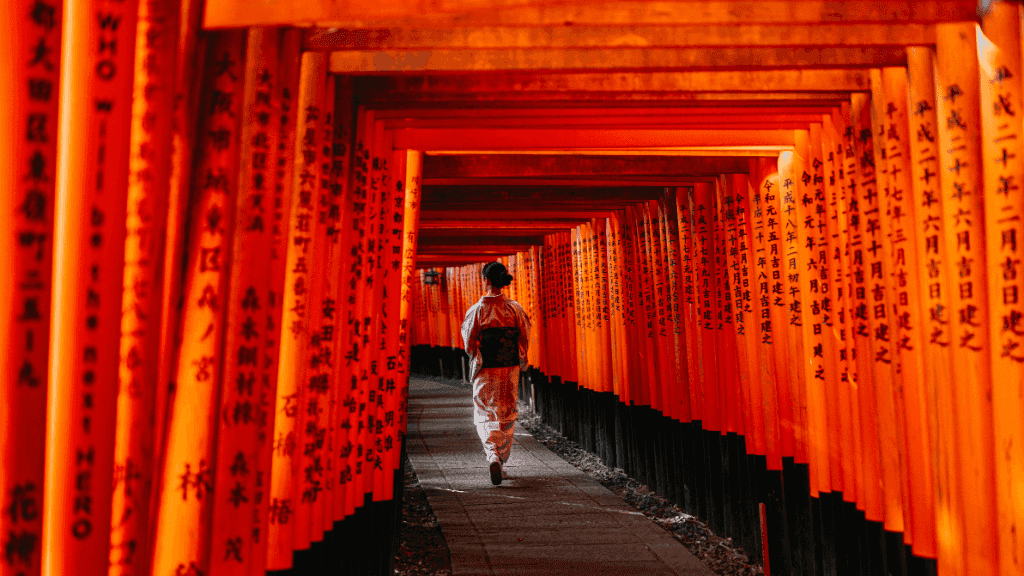
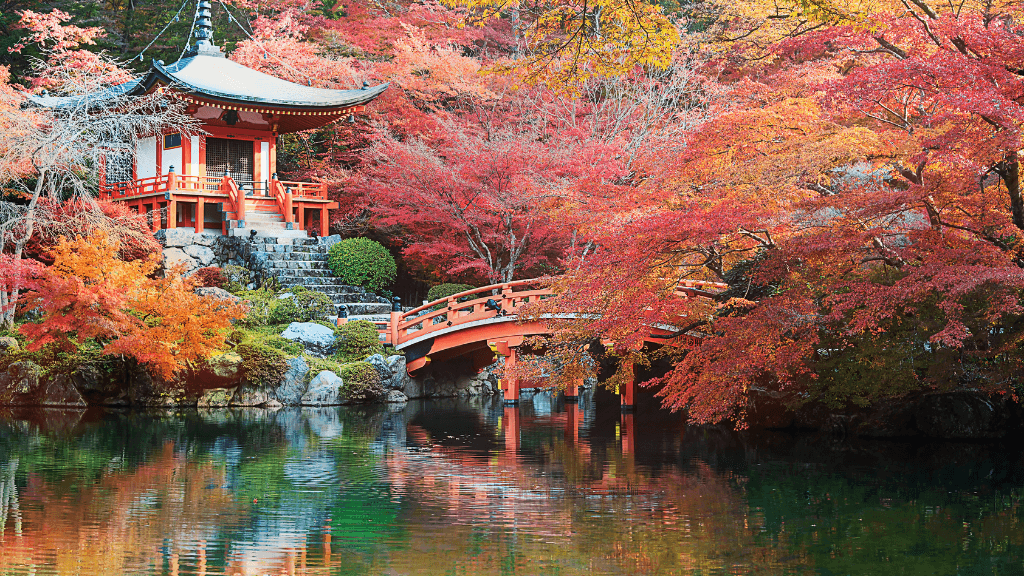
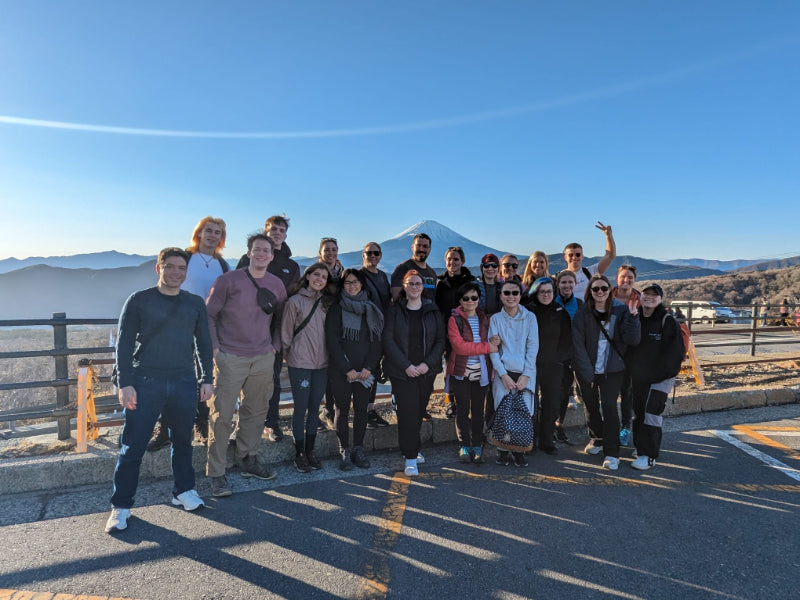
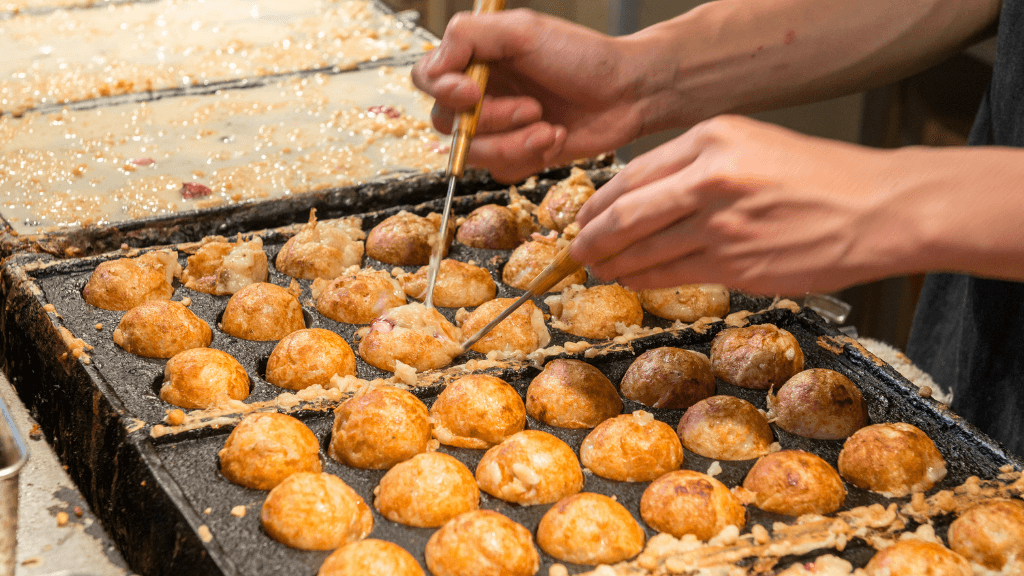
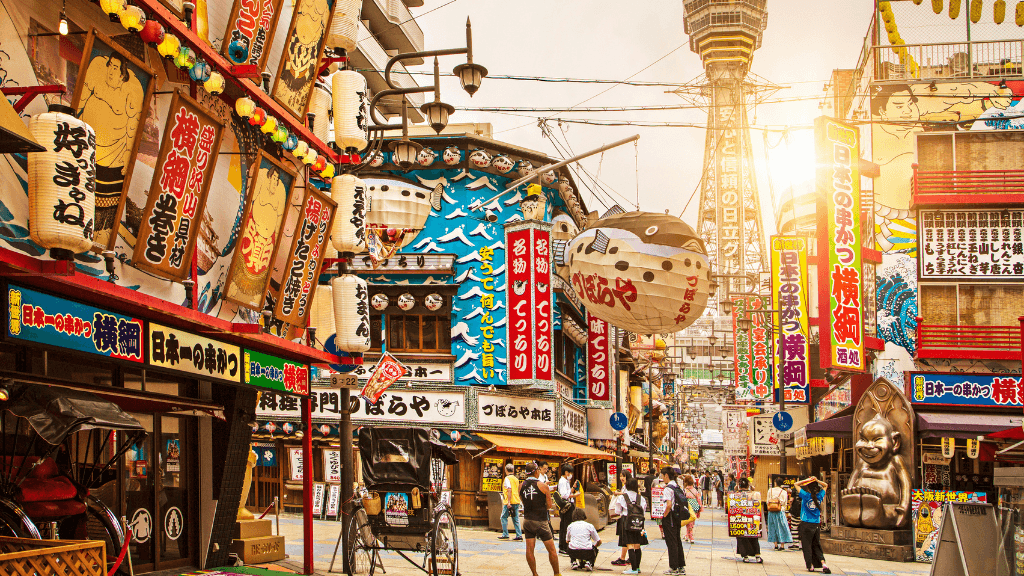
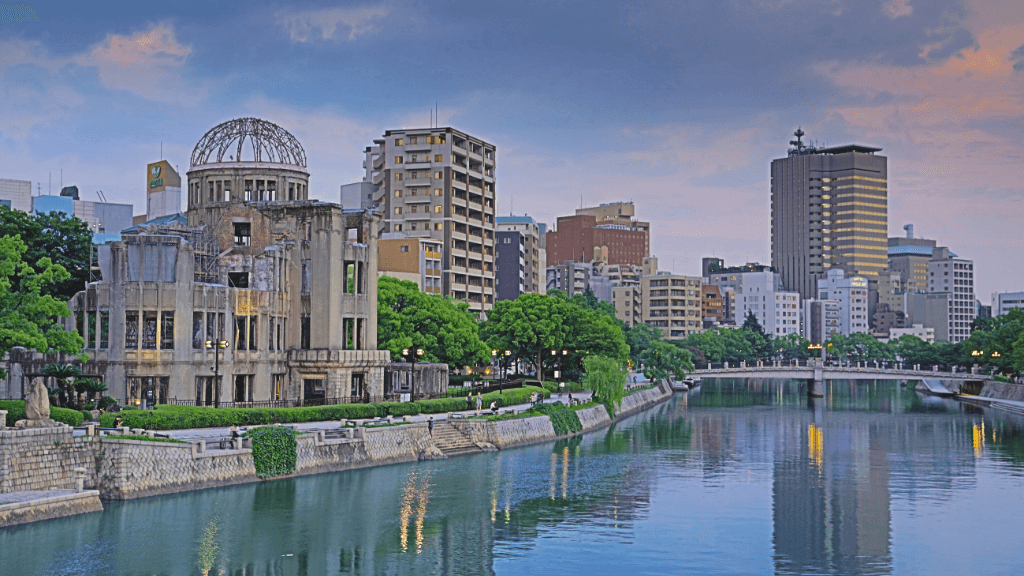
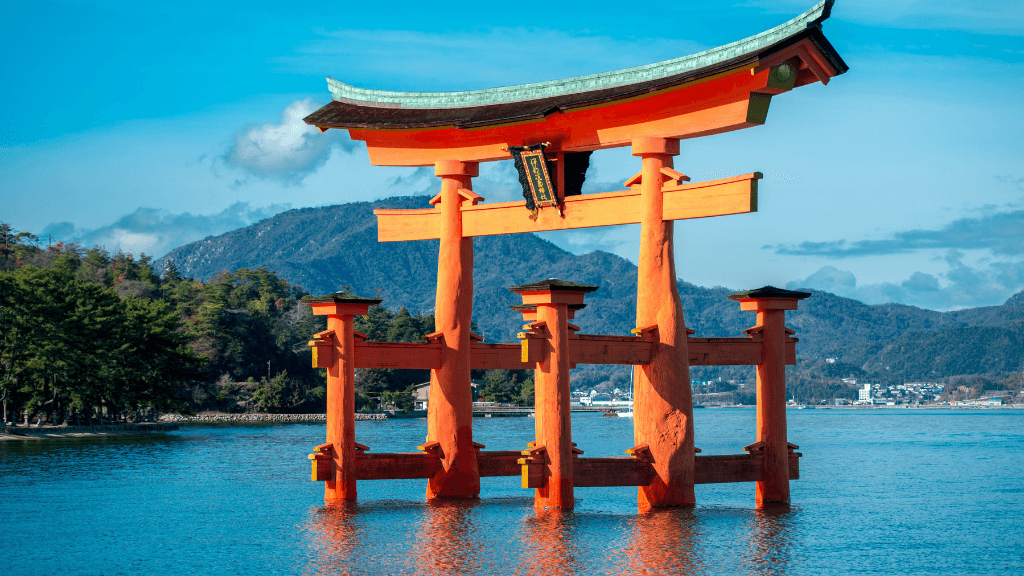
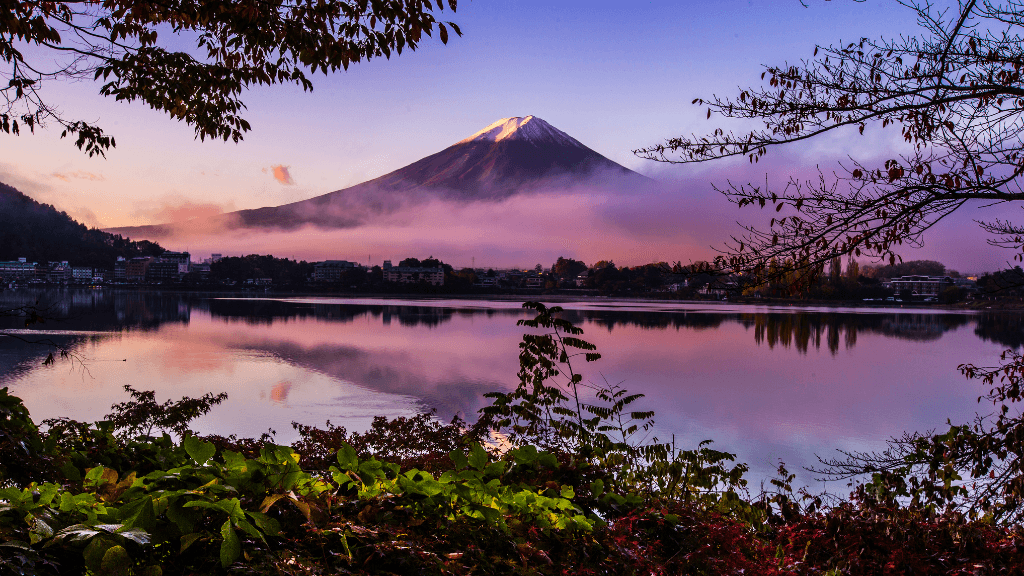
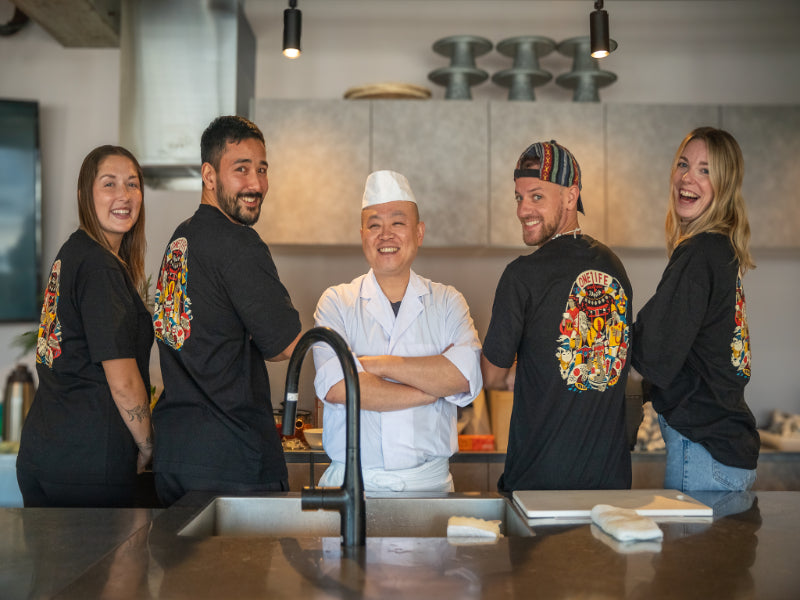
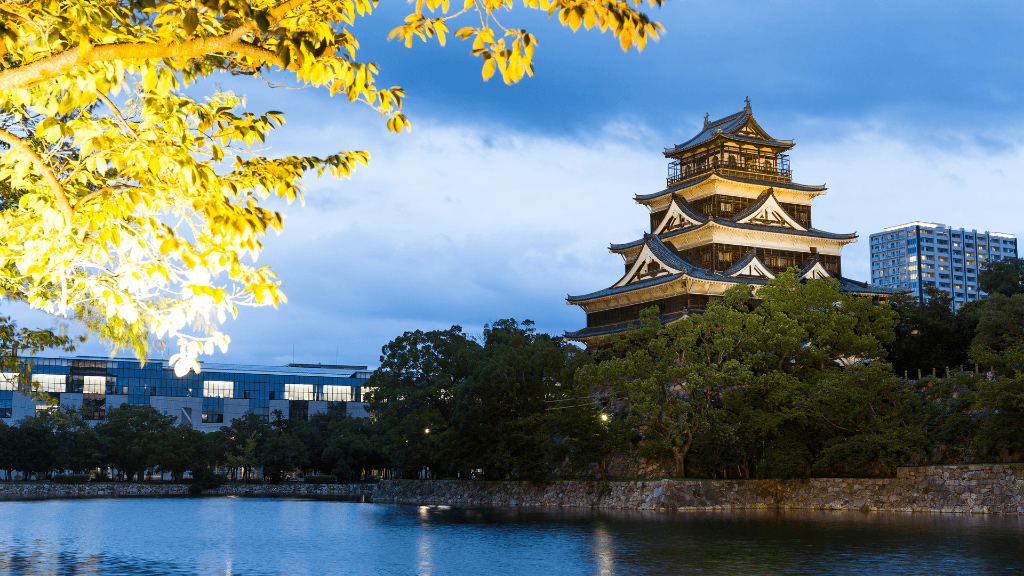
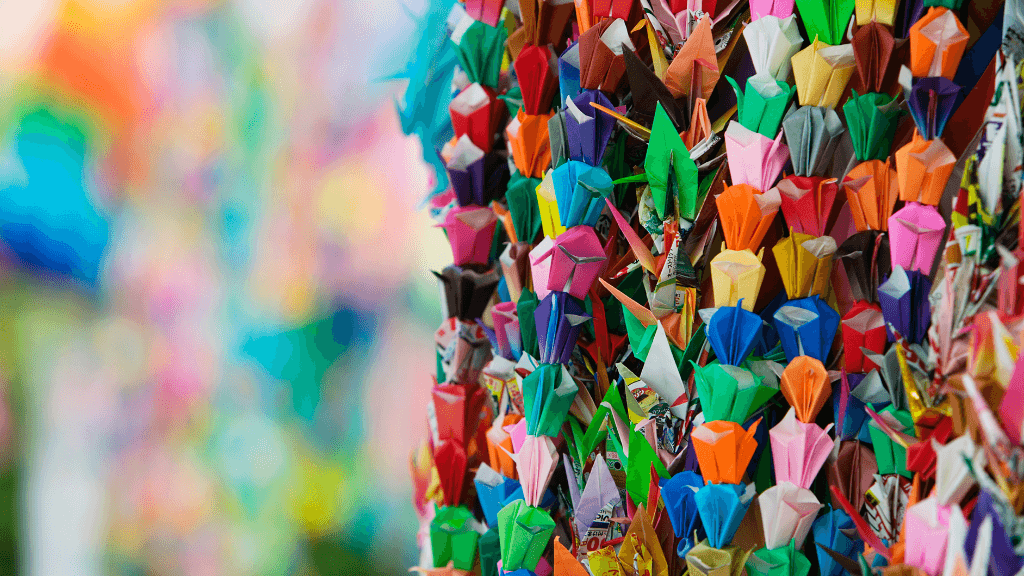
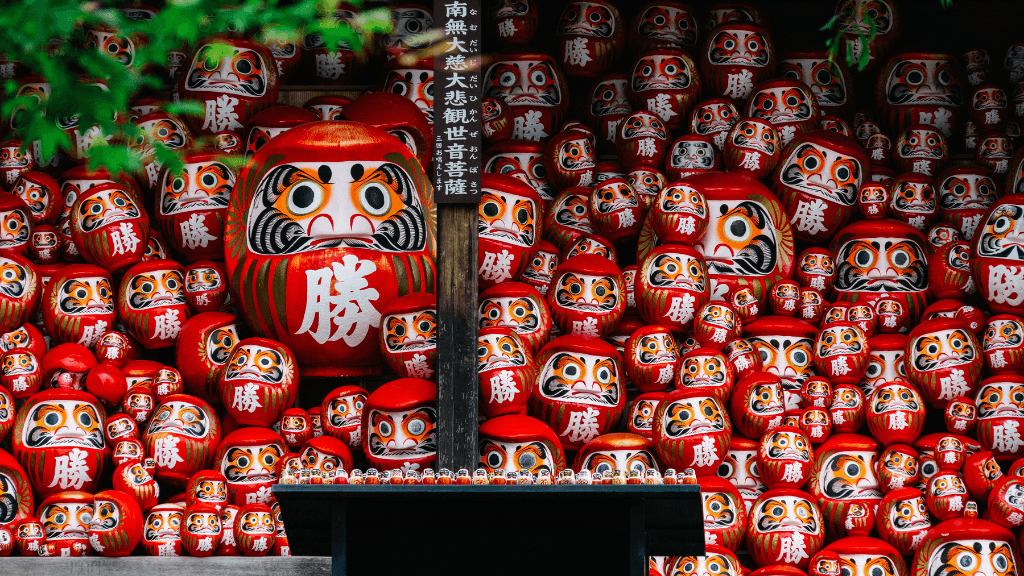
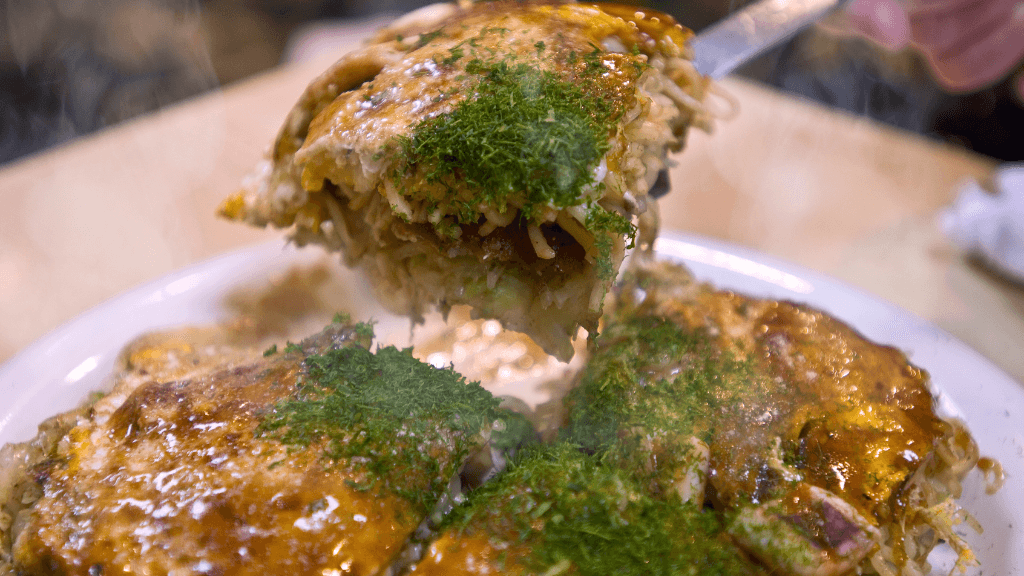
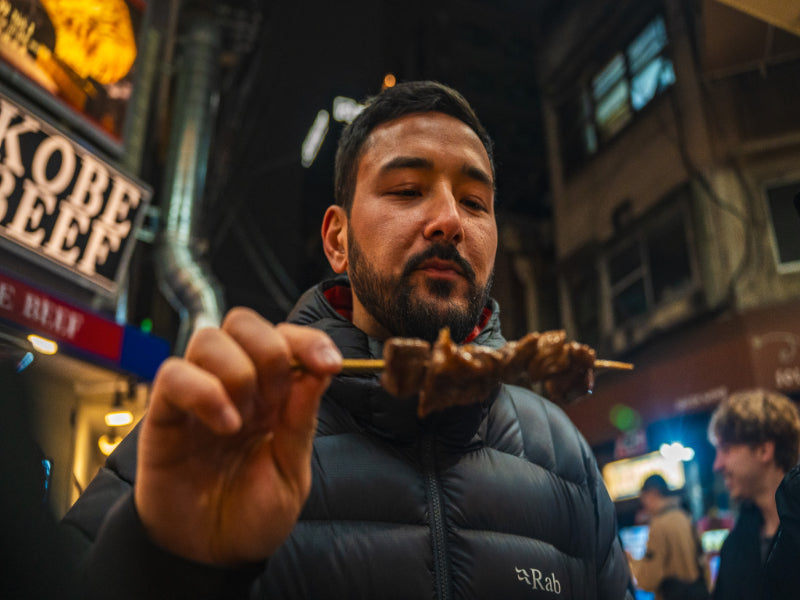
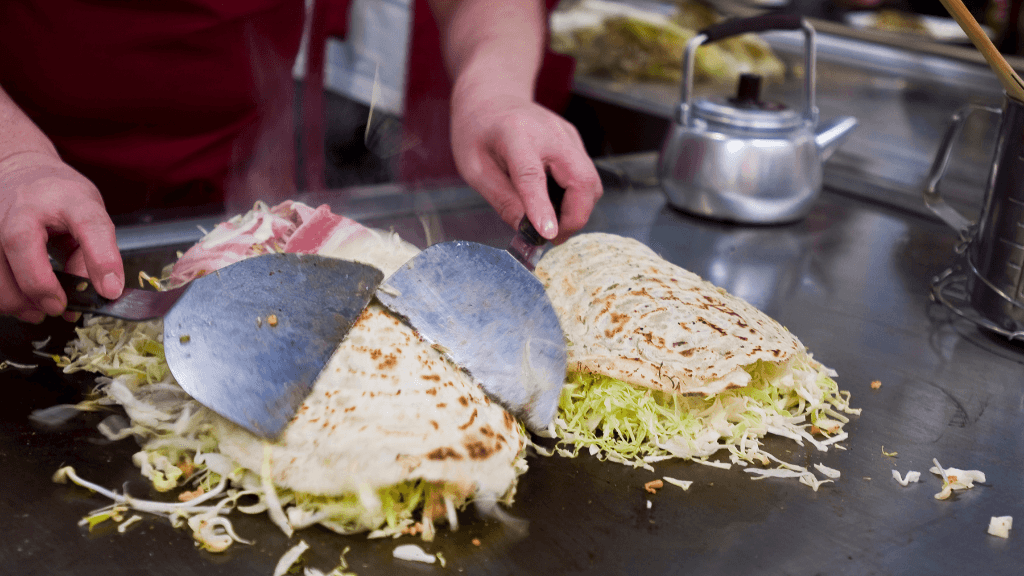
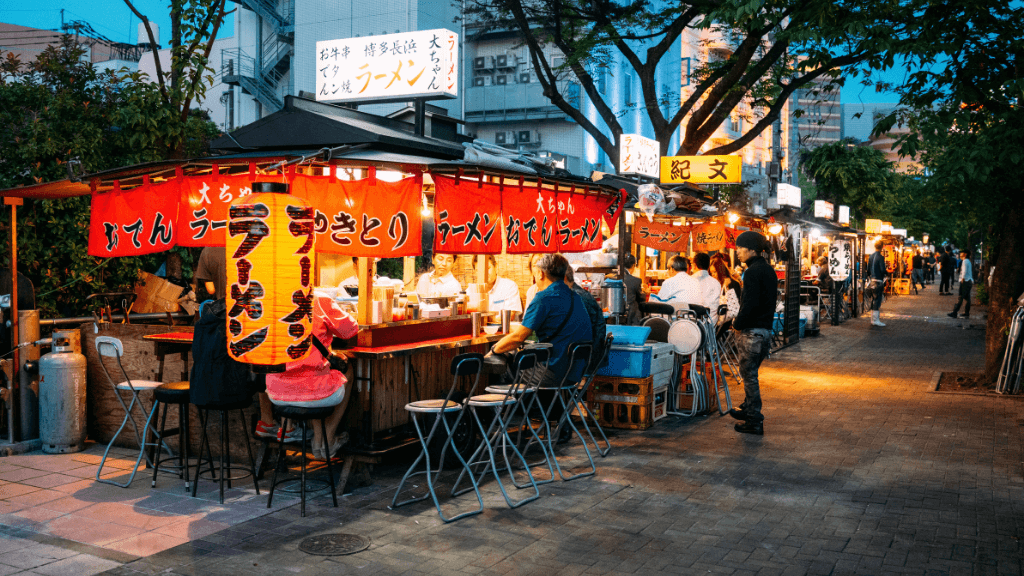
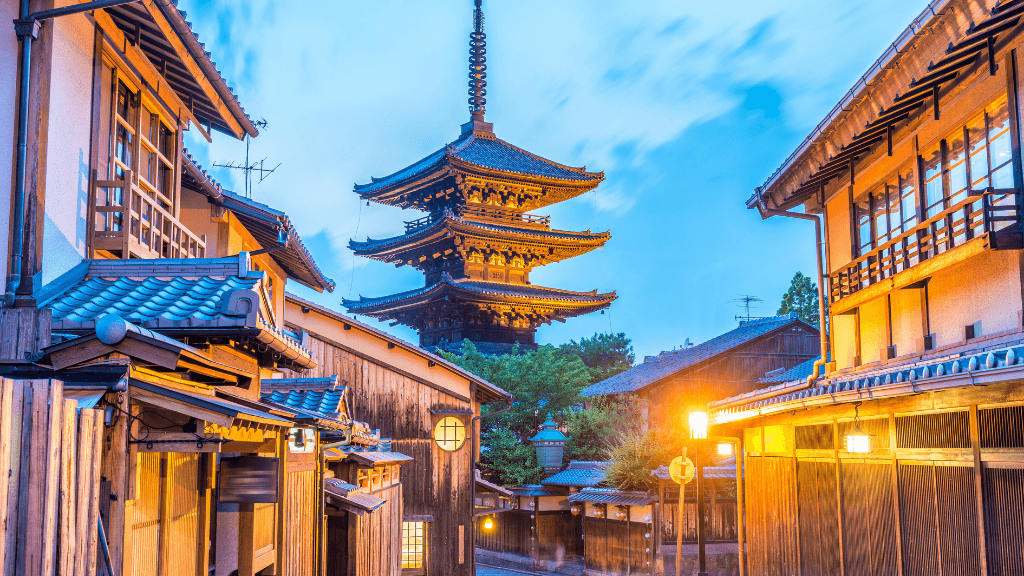
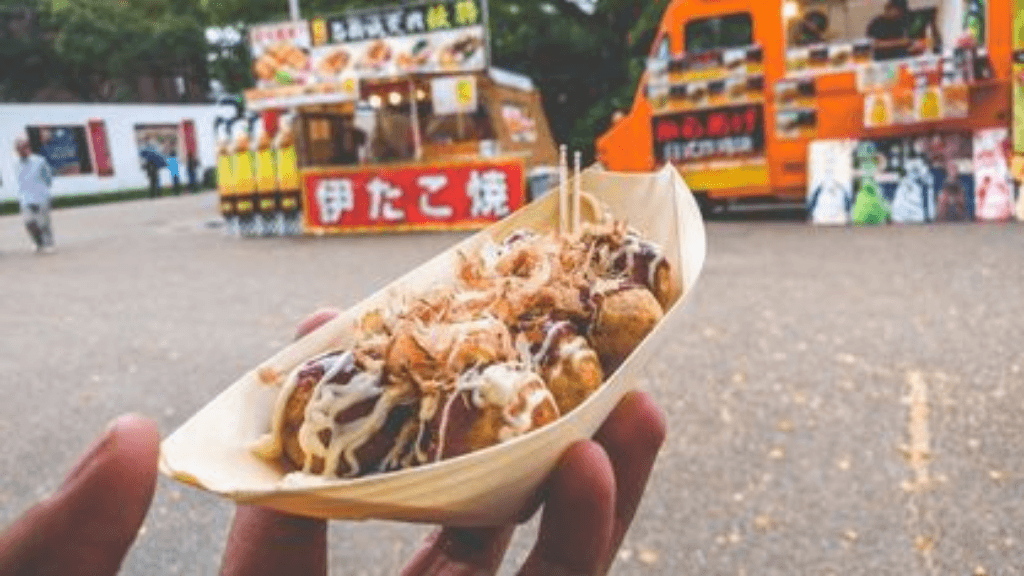
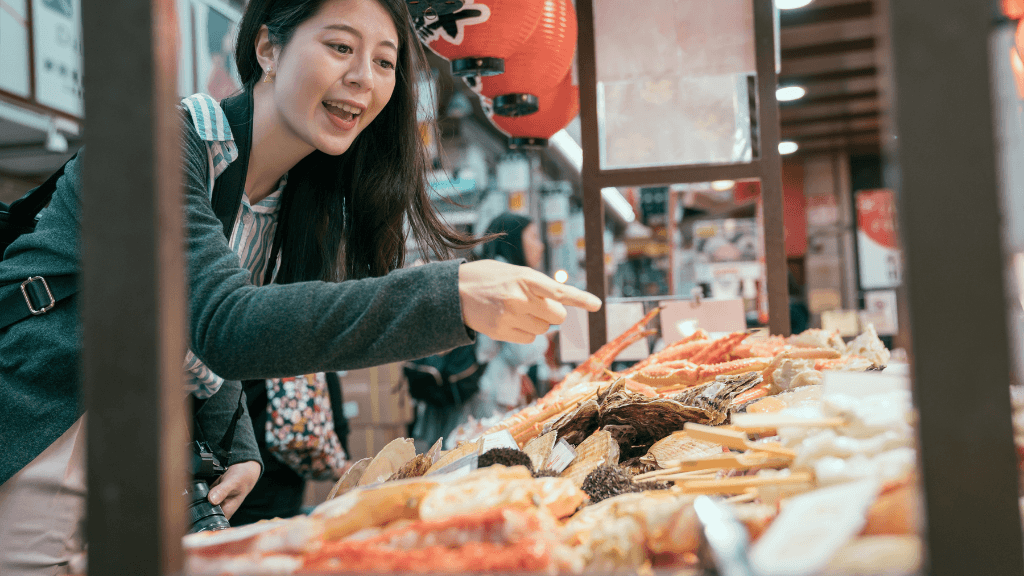

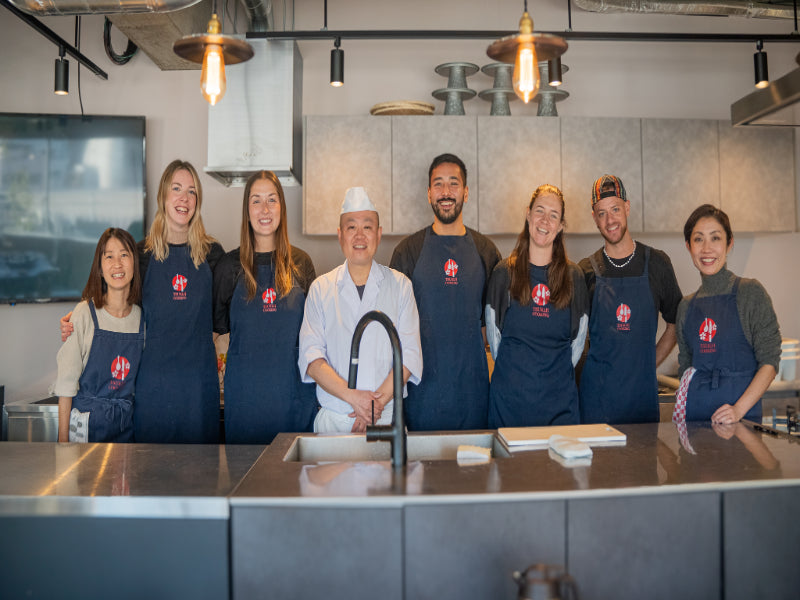
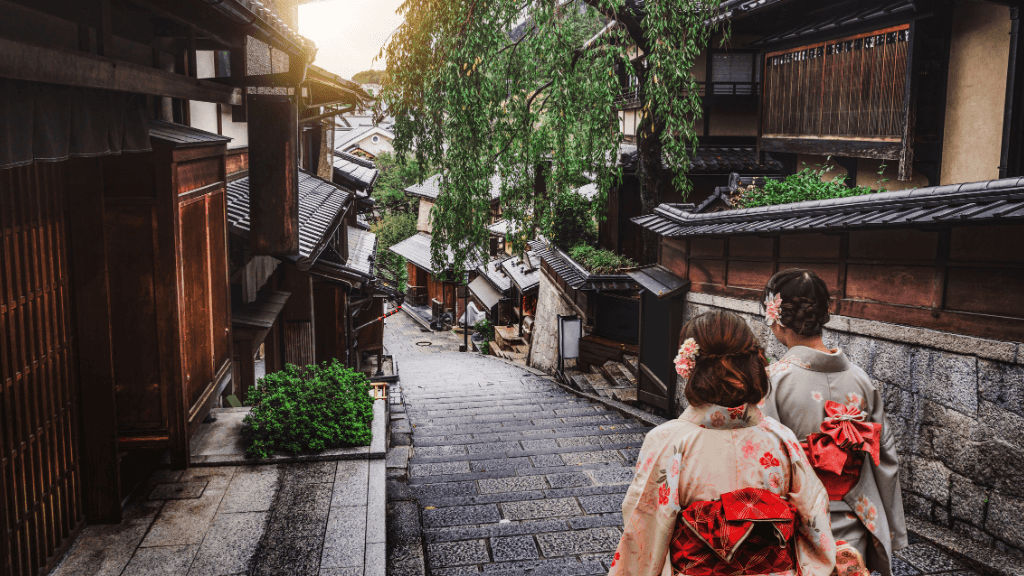
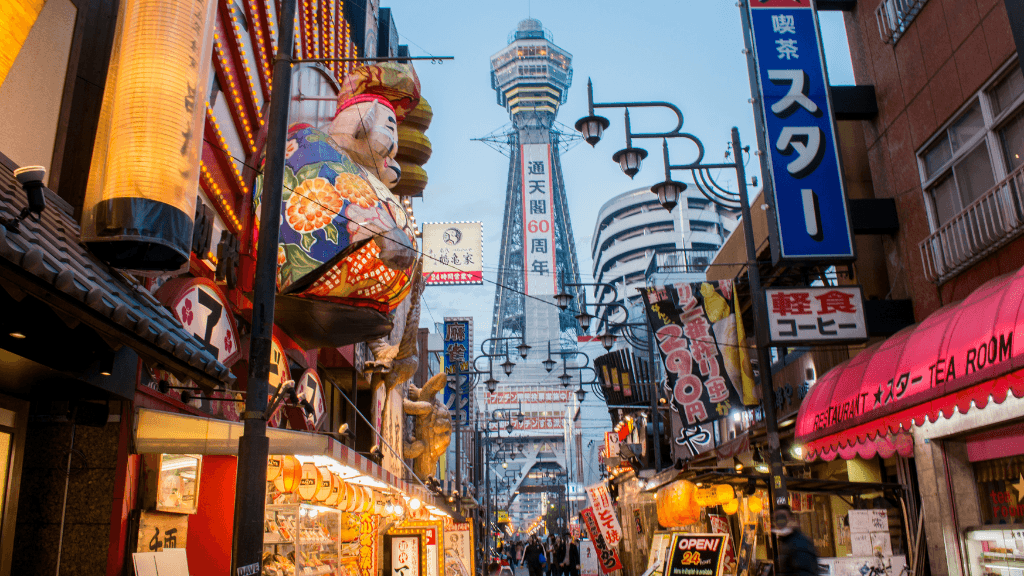
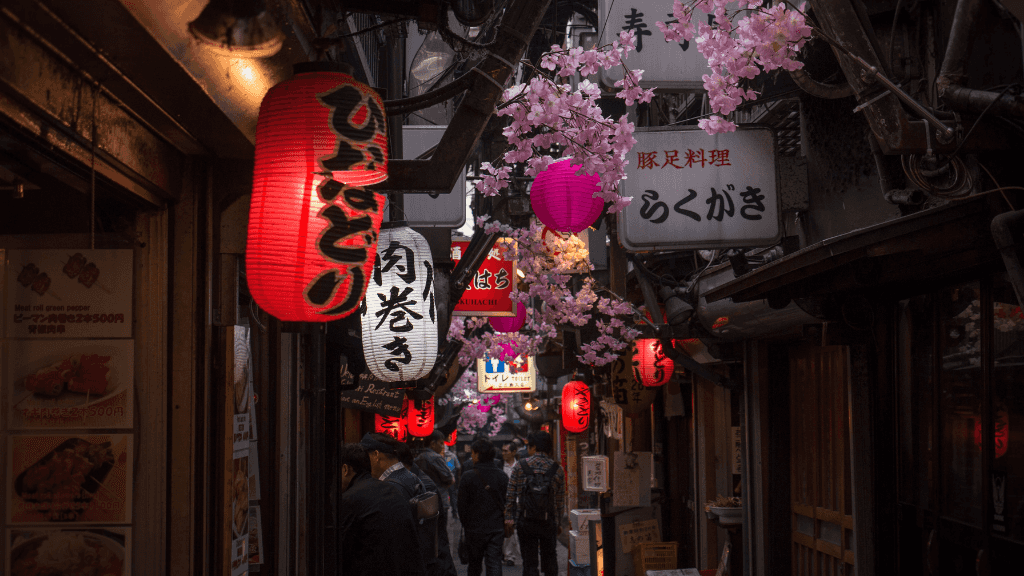
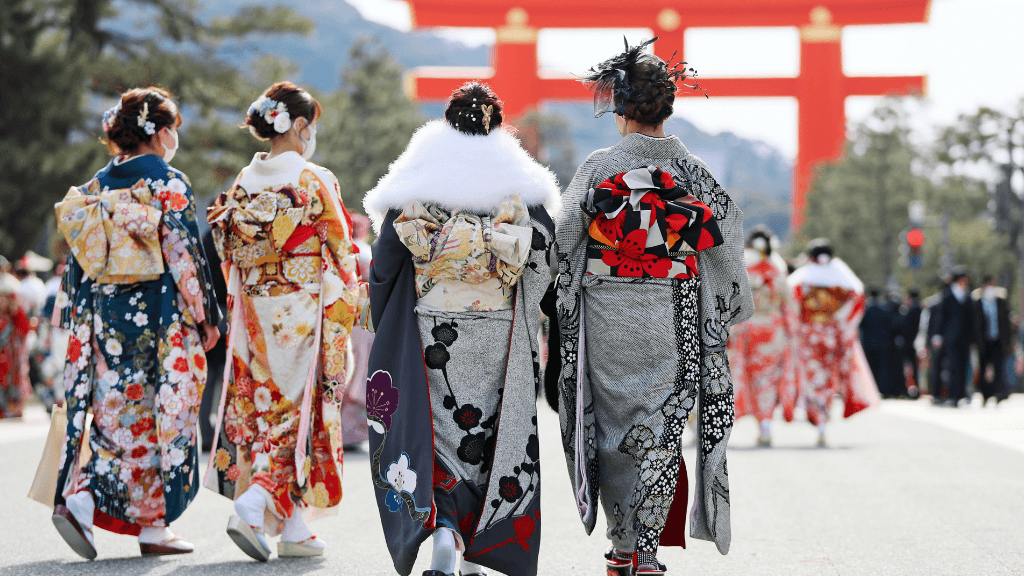
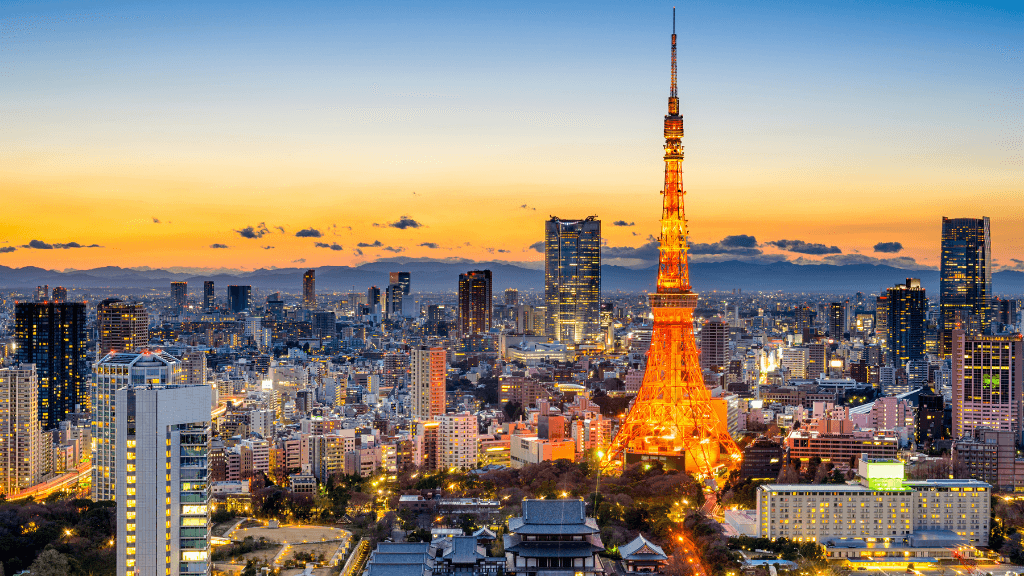
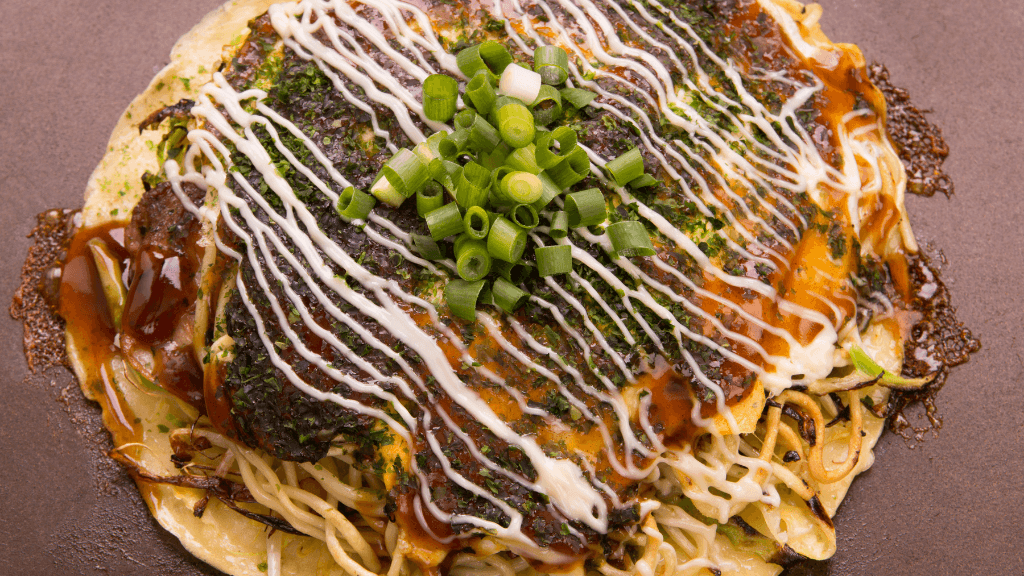
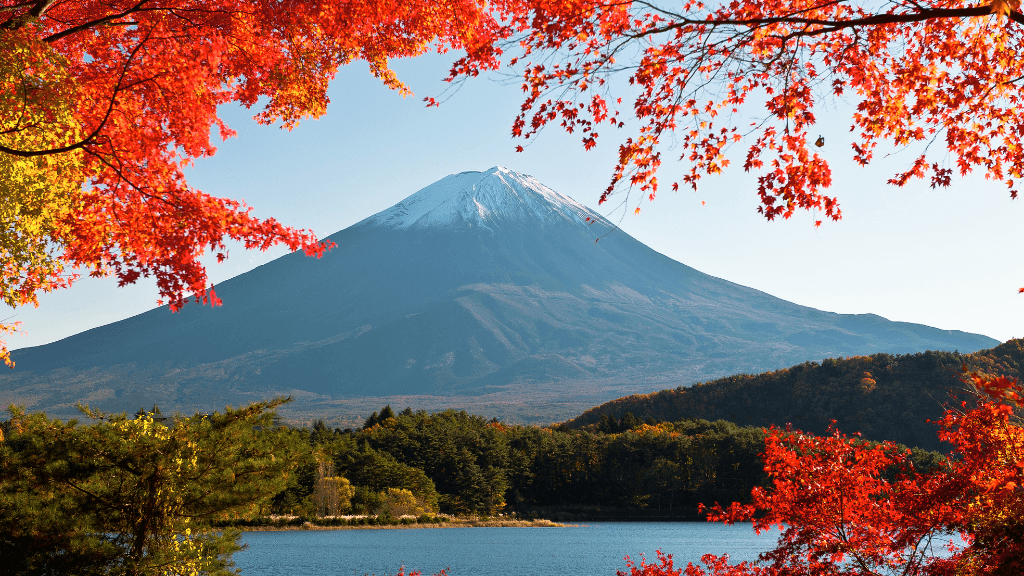
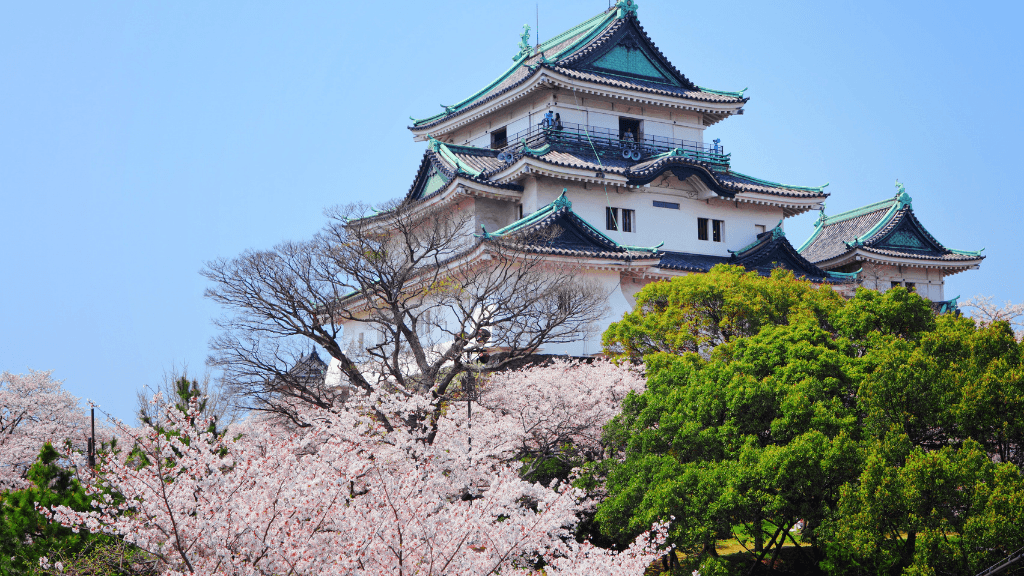
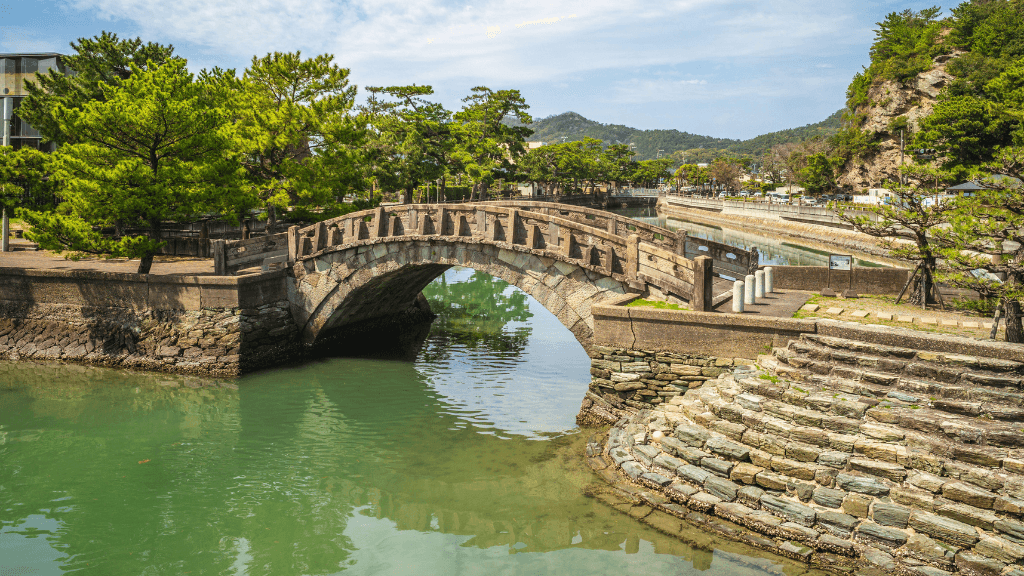

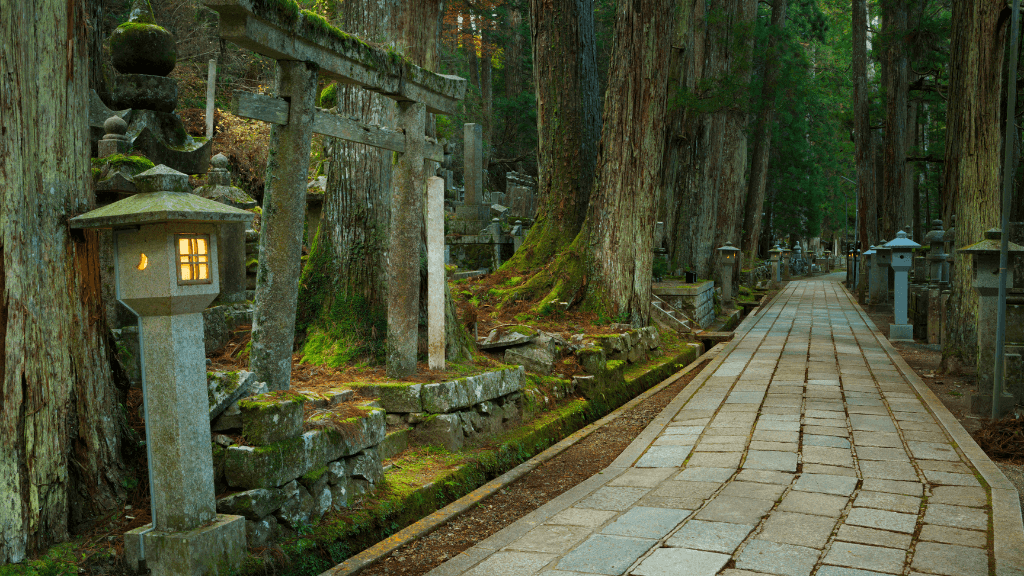
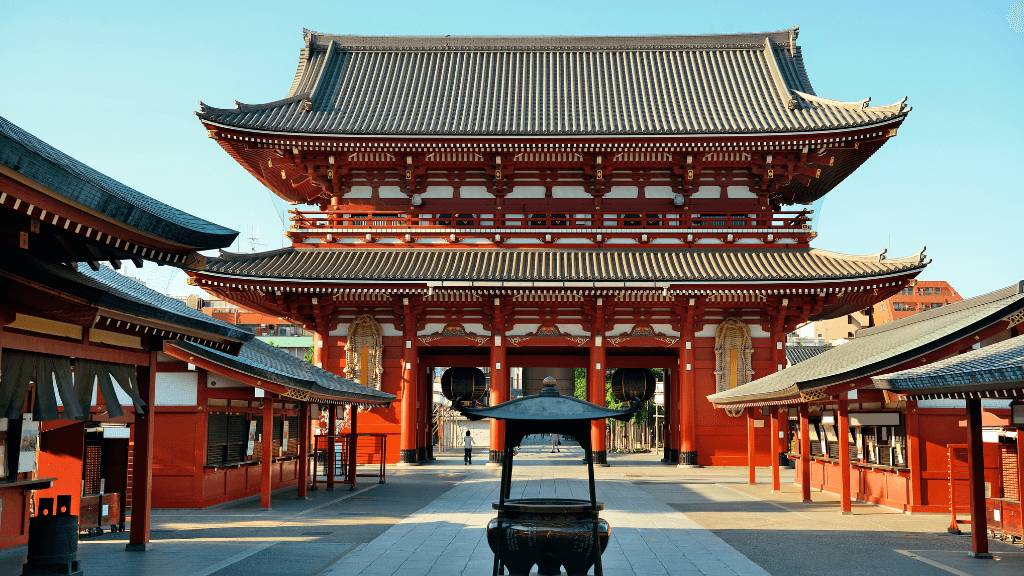
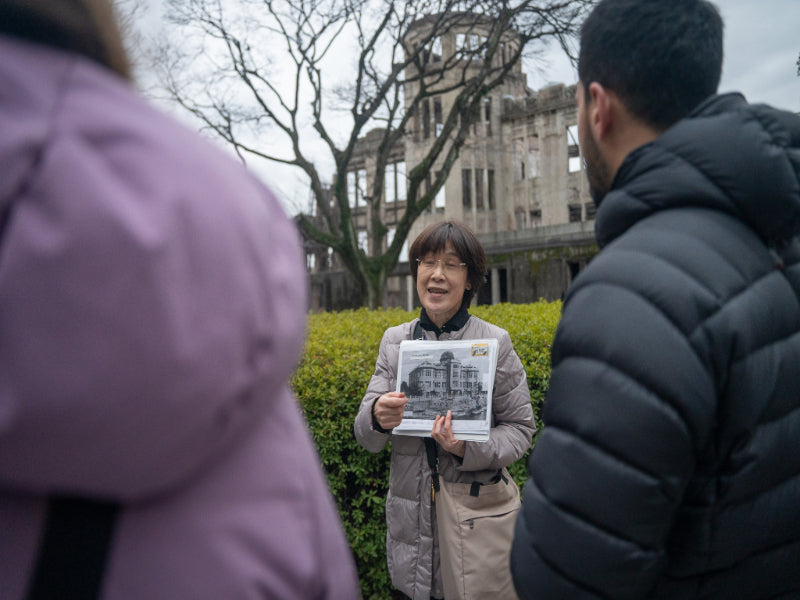
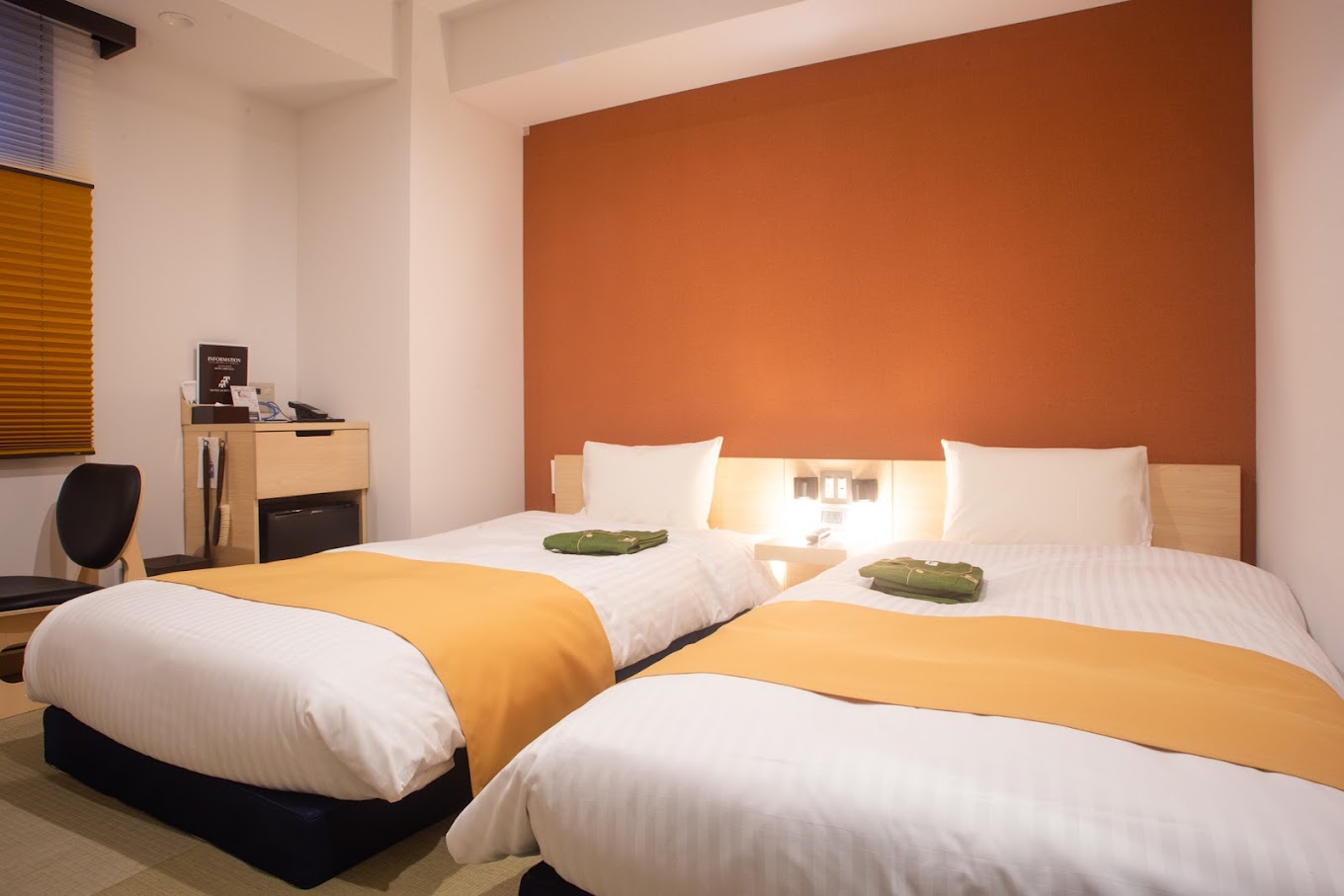
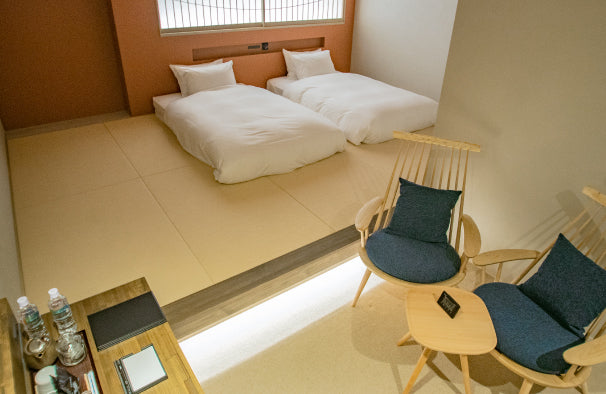
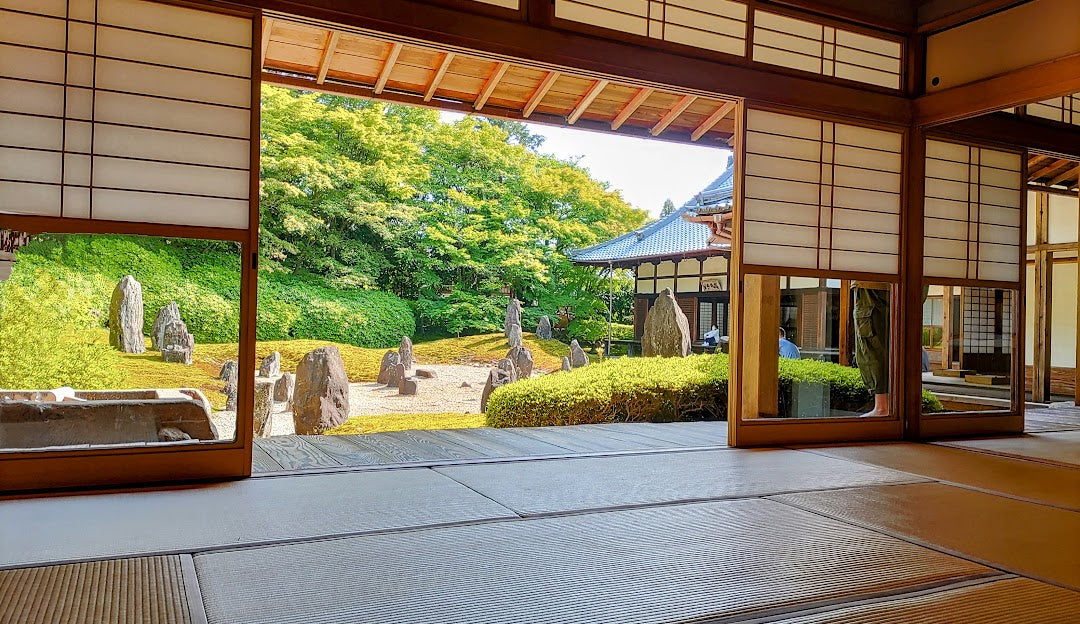
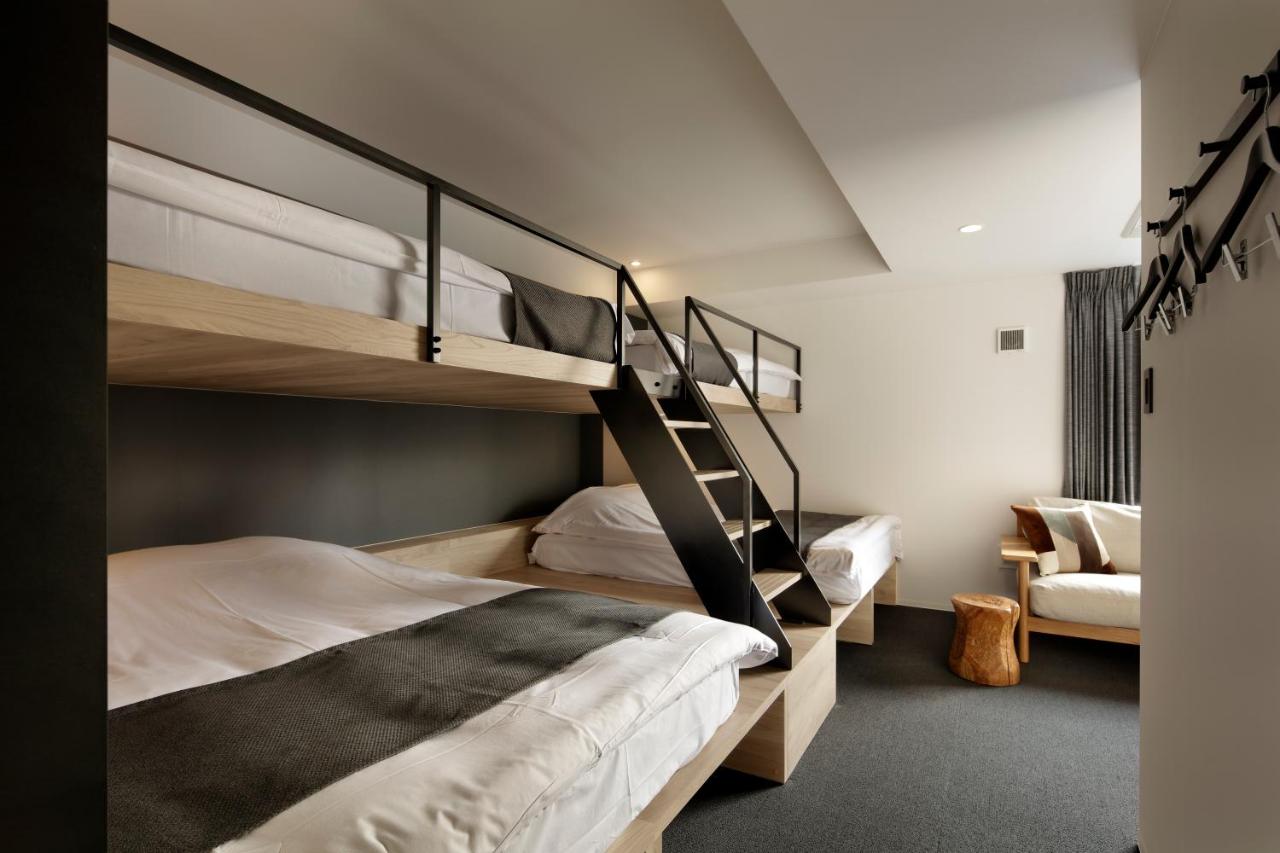
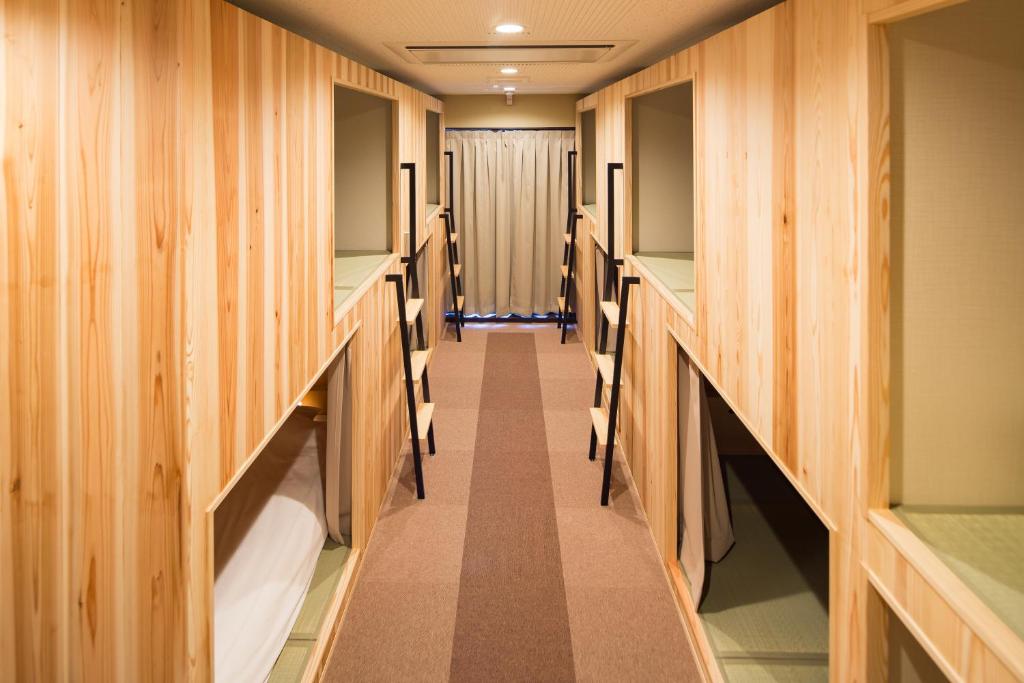
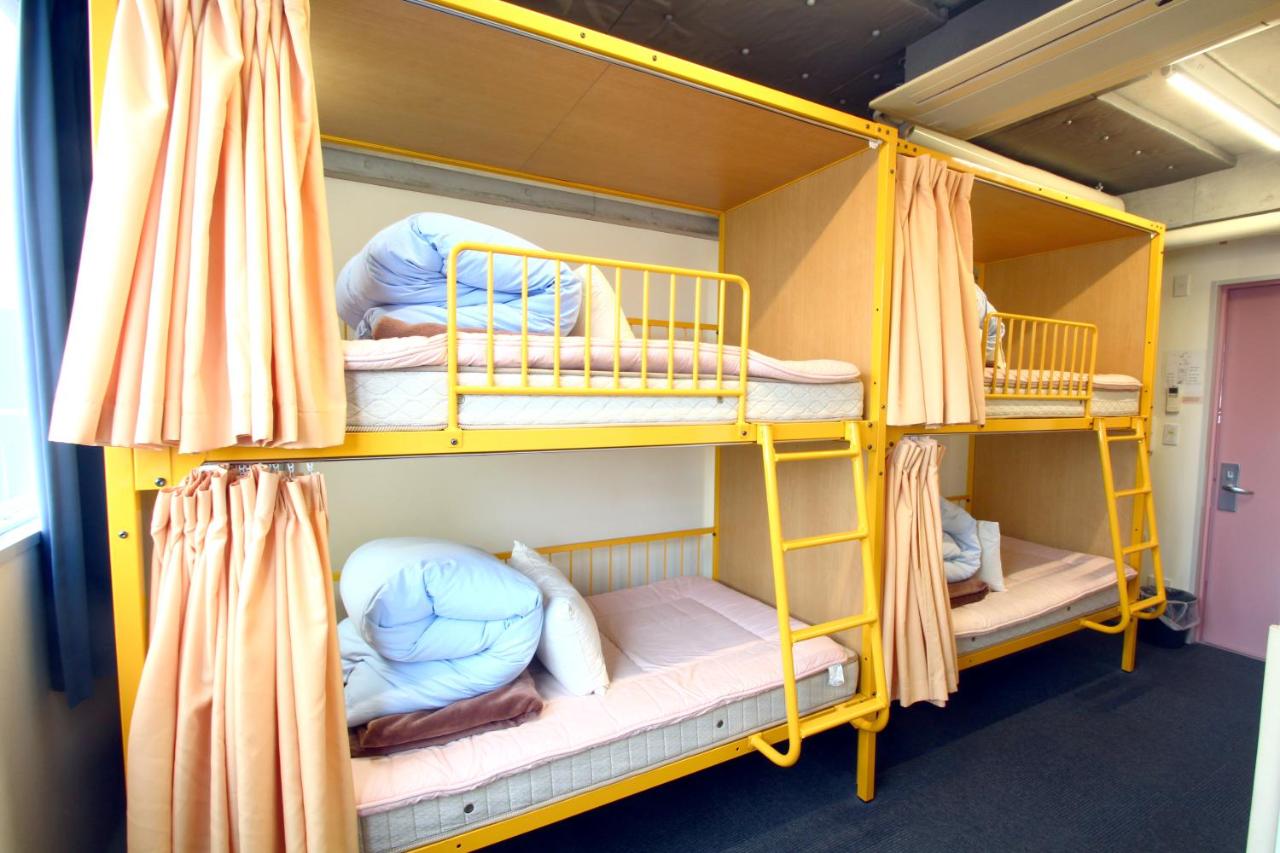
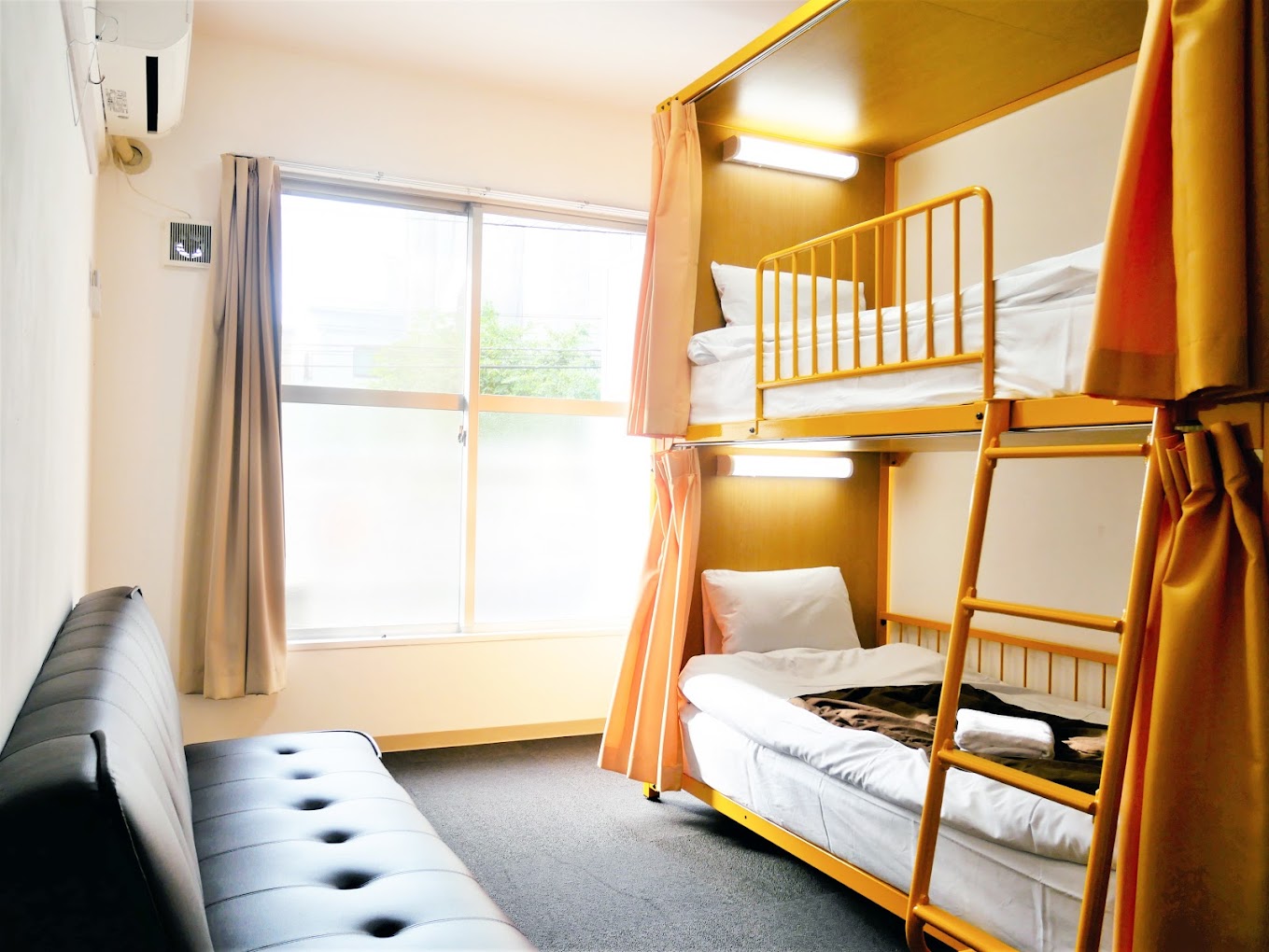
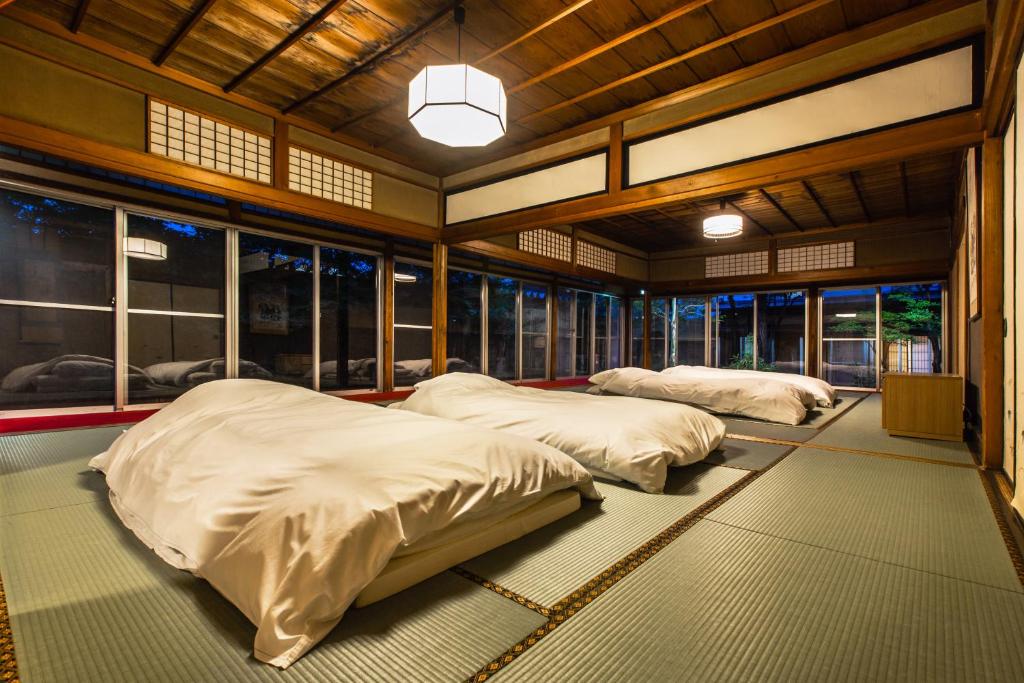
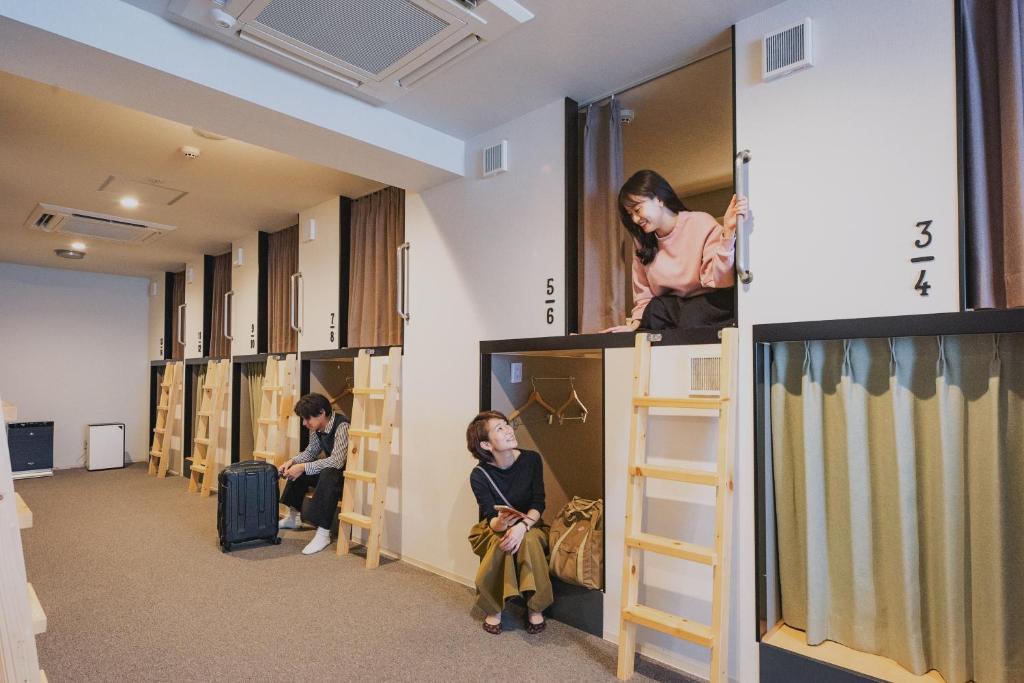


Tour Overview
Neon skylines to temple bells—this flexible journey threads Japan’s Golden Route at an easy, story-rich pace. Start in Tokyo, slip to Hakone for Mt Fuji viewpoints, wander Kyoto’s torii-lined trails and bamboo groves, then dive into Osaka’s late-night food maze.
Choose 10 days for the essentials, or extend to 14 days for a monastery stay on Koyasan, deer-dotted Nara, Hiroshima’s moving history and island-calm Miyajima. Culture forward, flavour obsessed—stitched together by the sweet hum of the shinkansen.
Quick Facts
-
Duration: 10 or 14 days
-
Style: Easy Exploration; culture & food focus
-
Difficulty: Easy–Moderate (urban walking + steps)
-
Start/Finish: Start Tokyo; finish Osaka (10-day) / Hiroshima (14-day)
-
Transport: Public/local transport + intercity trains (per itinerary)
-
Stays: Hostels/guesthouses; temple stay on the 14-day extension
Trip Highlights
-
Tokyo by day; after-dark laneways and a sushi masterclass by night
-
Hakone escape with Mt Fuji viewpoints
-
Kyoto icons: Fushimi Inari, Arashiyama bamboo, Gion backstreets
-
Osaka food crawl—markets, alleys, and steaming bowls
-
14-day adds: monk-hosted Koyasan, Nara deer park, Hiroshima Peace Park & Miyajima’s floating torii
Good to Know
-
One core route; 10 days covers the hits, 14 days deepens the culture and history (Koyasan, Nara, Hiroshima, Miyajima).
-
Mt Fuji views are weather-dependent.
10 DAY | LIVE DATES AND AVAILABILITY
14 DAY | LIVE DATES AND AVAILABILITY
Tour Itinerary
Day 1 & 2 | Welcome to Japan
Day 1 — Tokyo by Night
Arrive and settle in before meeting the group for a flavour-packed welcome dinner. When the crowds thin, drift through the lantern-lit grounds of Senso-ji—quiet, photogenic, and the perfect first chapter.
Stay: Tokyo — twin-bunk hostel (or similar)
Meals: Dinner
Included: Welcome dinner, Senso-ji by night
Optional: Tokyo Skytree
Pace: Low
Day 2 — Harajuku, Meiji Shrine & Electric Akihabara
Start with a Japan orientation (customs, phrases, travel tips) to smooth the days ahead. Explore Harajuku’s pop-culture streets, find calm at Meiji Shrine in Yoyogi Park, then turn up the neon in Akihabara—arcades, gadgets, colour everywhere.
Stay: Tokyo — twin-bunk hostel (or similar)
Meals: Breakfast
Included: Orientation session, guided district walk
Optional: Maid café
Pace: Medium–High
Day 3 & 4
Day 3 — Sushi Class, Shinjuku Views & Shibuya Crossing
Roll maki in a hands-on sushi class—plus miso and teriyaki secrets (vegetarian option available with one week’s notice). Evening in Shinjuku for skyline views and the smoky alleys of Omoide Yokocho, then on to the city’s pulse at Shibuya Crossing.
Stay: Tokyo — twin-bunk hostel (or similar)
Meals: Breakfast, Lunch
Included: Sushi making class, Shibuya visit
Optional: Toyosu Fish Market, Sengaku-ji Temple
Pace: Medium
Day 4 — Hakone Heights: Romance Car & Mt Fuji Lookouts
Ride the aptly named Romance Car into the mountains. Switch across local transports to explore Hakone—steam-valley vistas and, if skies cooperate, classic Mt Fuji viewpoints. Gather for a cosy family nabe dinner back at the guesthouse.
Stay: Hakone area — tatami-mat guesthouse (twin/triple, or similar)
Meals: Breakfast, Dinner
Included: Romance Car, Hakone touring, Fuji viewpoints (weather-dependent)
Health Note: Brief Owakudani visits aren’t advised for travellers with asthma/respiratory conditions—ask the guide for alternatives.
Pace: Medium
Day 5 & 6
Day 5 — Shinkansen to Takayama: Temple Stay & Sake Tasting
First ride on the shinkansen. Arrive in Takayama’s Edo-era streets, check into atmospheric temple lodgings, sample local sake at a brewery—and, if tempted, seek out famed Hida beef.
Stay: Takayama — temple stay (multi-share, or similar)
Meals: —
Included: Sake tasting, Takayama old-town tour
Optional: Onsen / public bathhouse
Pace: Low
Day 6 — Morning Markets & Kyoto by Dusk (Gion Walk)
Stroll Takayama’s morning market on the Miyagawa River, then roll by bullet train to Kyoto. At dusk, a local guide leads through Gion—lantern alleys, wooden teahouses, and the city’s storied performing-arts heritage.
Stay: Kyoto — pod-style ryokan-hostel (or similar)
Meals: —
Included: Morning market walk, Gion district tour
Pace: Medium
Day 7 & 8
Day 7 — Fushimi-Inari, Kiyomizu-dera & Tea Ceremony
Beat the crowds with a pre-dawn climb through Fushimi-Inari’s vermilion gates, then gaze over Kyoto from Kiyomizu-dera’s timber terraces. Slow the pace with a traditional tea ceremony—kimono hire available if desired.
Stay: Kyoto — pod-style ryokan-hostel (or similar)
Meals: —
Included: Fushimi-Inari, Kiyomizu-dera, tea ceremony
Optional: Kimono hire, Nishiki Market, geisha performance
Pace: Medium–High
Day 8 — Golden Pavilion, Zen Gardens & Kendo Dojo
Admire the mirror-still pond and leaf-framed glow of Kinkaku-ji (Golden Pavilion), then wander the quiet Zen gardens of Daitoku-ji. Cap the day with a Kendo class in a historic dojo—learn etiquette and footwork from a Bushidō-trained instructor.
Stay: Kyoto — pod-style ryokan-hostel (or similar)
Meals: —
Included: Kinkaku-ji, Zen garden visit, Kendo class
Note: Kendo may run on Day 7 or Day 8 depending on departure.
Pace: Medium
Day 9 & 10
Day 9 — Arashiyama Bamboo, Monkey Park & Osaka Nights
Train to riverside Arashiyama for the famed bamboo grove, a climb to Monkey Park Iwatayama, and a tranquil traditional boat ride through the valley. Evening hop to Osaka—graze through Dotonbori on a food tour, then raise a mic at group karaoke.
Stay: Osaka — twin-share hotel (or similar)
Meals: Dinner
Included: Bamboo grove, Monkey Park, boat ride, Dotonbori food tour, karaoke
Optional: Osaka canal boat tour
Pace: Medium–High
Day 10 — Osaka Free Morning, Castle Gardens & Shinsekai
A relaxed morning for Americamura boutiques, Shinsaibashi shopping, Spa World, or Den-Den Town gadgets. Regroup at Osaka Castle Gardens toward sunset, then eat through Shinsekai to close the core journey in style.
Stay: Osaka — twin-share hotel (or similar)
Meals: Breakfast
Included: Osaka Castle gardens, Shinsekai stroll
Pace: Low–Medium
Day 11 & 12
Day 11 — Nara Park & Cable Cars to Kōyasan Temple Town
Ride 45 minutes to Nara for graceful deer in lantern-lined parklands and heritage halls. Collect bags in Osaka, then thread bus and cable car up to Kōyasan—a cedar-scented temple town where the evening hush is part of the magic. Dinner is traditional shōjin-ryōri (vegetarian).
Stay: Kōyasan — temple stay (twin tatami mats, or similar)
Meals: Breakfast, Dinner
Included: Nara Park visit, temple stay
Pace: Medium
Day 12 — Morning Chant, Temple Breakfast & On to Hiroshima
Wake to morning prayers with resident monks and a simple temple breakfast. Descend to Osaka and board the shinkansen to Hiroshima. Join a guided walk through the Peace Memorial Park and A-Bomb Dome for context, care, and quiet reflection.
Stay: Hiroshima — central twin room (or similar)
Meals: —
Included: Danjō Garan complex (morning visit), Peace Memorial guided walk
Pace: Low
Day 13 & 14
Day 13 — Miyajima Island: Floating Torii & Temple Paths
Metro and ferry to Miyajima for forested trails and the famed Itsukushima Shrine with its floating torii at high tide. Wander at your own pace in the afternoon, then return to Hiroshima for a final night together.
Stay: Hiroshima — central twin room (or similar)
Meals: Breakfast
Included: Miyajima day trip, Itsukushima Shrine, Hall of 1,000 Mats
Pace: Medium
Day 14 — Farewell from Hiroshima
A last riverside run or quiet park moment if you like, then onward travel support from the guide—continue exploring Japan or head home with a camera roll full of contrasts.
Meals: Breakfast
Notes & Reminders
- Mt Fuji viewpoints are weather-dependent.
- Kendo may fall on Day 7 or Day 8.
- Owakudani isn’t suitable for travellers with asthma/respiratory conditions—ask the guide for an alternative.
- Vegetarian option for the sushi class available with one week’s notice.
Key Tour Info
Route Map
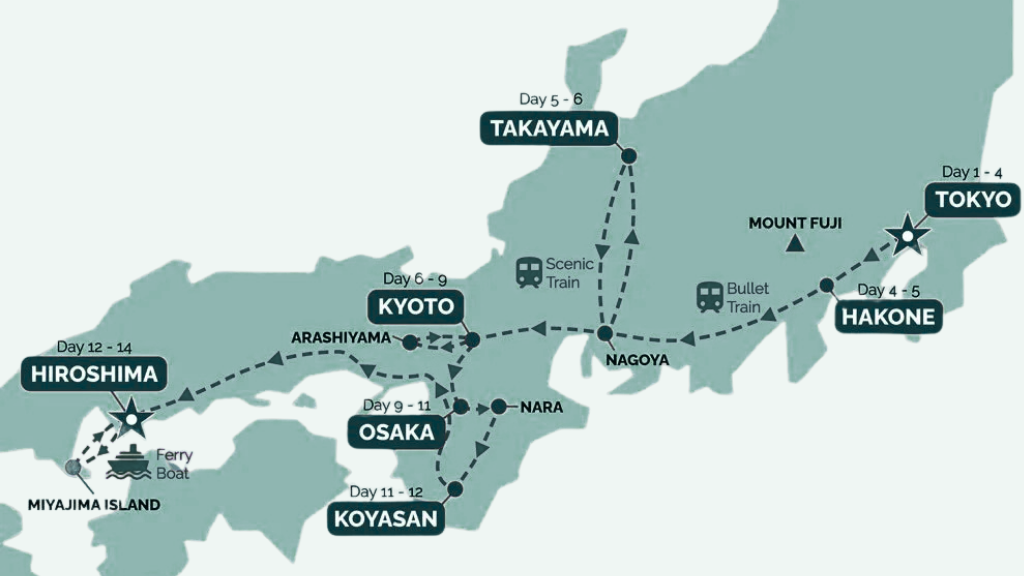
Food & Accommodation
Where You’ll Be Staying & What You’ll Be Eating
Stays (style varies by location; “or similar” may apply)
- Tokyo — Twin-bunk hostel: Social, central base to shake off jet lag and meet the group.
- Hakone — Tatami-mat guesthouse (twin/triple): Mountain setting, close to classic Mt Fuji viewpoints.
- Takayama — Temple stay (multi-share): Atmospheric lodgings inside a working temple—quiet hours and simple comforts.
- Kyoto — Pod-style ryokan-hostel: Smart, compact pods with shared common areas; ideal for early starts to shrines and markets.
- Osaka — Twin-share hotel: Easy access to Dotonbori’s late-night food maze.
- Kōyasan (14-day only) — Temple stay (twin tatami mats): Monastic calm among cedar forests; evening stillness is part of the experience.
- Hiroshima (14-day only) — Central twin room hotel: Handy for the Peace Memorial Park and riverside walks.
Good to know: Room configurations are shared as noted above; exact properties can change to an equivalent standard when needed.
What You’ll Eat (included highlights)
This journey leans into flavour and local ritual—think hands-on classes, family-style dinners, and monastic vegetarian cuisine on the extension. Included meals by day:
10-Day Core
- Day 1: Dinner — Welcome feast in Tokyo.
- Day 2: Breakfast — Start strong before Harajuku, Meiji & Akihabara.
- Day 3: Breakfast, Lunch — Sushi-making class (plus miso & teriyaki secrets).
- Day 4: Breakfast, Dinner — Family nabe at the Hakone guesthouse.
- Day 5: —
- Day 6: —
- Day 7: —
- Day 8: —
- Day 9: Dinner — Osaka Dotonbori food tour + karaoke finale.
- Day 10: Breakfast — Slow morning, castle gardens at sunset.
14-Day Extension (adds)
- Day 11: Breakfast, Dinner — Kōyasan shōjin-ryōri (traditional temple vegetarian cuisine).
- Day 12: —
- Day 13: Breakfast — Island day to Miyajima and Itsukushima Shrine.
- Day 14: Breakfast — Farewell from Hiroshima.
Dietaries & notes
- Vegetarian option is available for the sushi class with one week’s notice before your start date.
- Outside the included meals, there’s ample free time to discover neighbourhood eateries—your guide can point you toward ramen counters, market snacks, okonomiyaki houses and tea rooms that suit your tastes.
What's Included & What's Not
✅ What’s Included
Itinerary Activities
- Guided neighbourhood walks: Senso-ji by night; Harajuku, Meiji Shrine & Akihabara; Gion at dusk; Osaka Castle gardens & Shinsekai
- Hands-on sushi class (with miso & teriyaki)
- Hakone day touring incl. Romance Car; Mt Fuji viewpoints (weather-dependent)
- Sake tasting in Takayama; morning market walk
- Fushimi-Inari (early), Kiyomizu-dera, tea ceremony
- Kinkaku-ji (Golden Pavilion) & Daitoku-ji Zen complex
- Kendo class in a traditional dojo
- Arashiyama bamboo grove, Monkey Park & traditional boat ride
- Dotonbori food tour + group karaoke
- 14-day add-ons: Nara Park day; Kōyasan temple town; Hiroshima Peace Memorial Park guided visit; Miyajima island & Itsukushima Shrine
Guides
- Professional trip leader throughout; specialist local guides where noted (e.g., Gion walk, Hiroshima Peace Memorial).
Accommodation
- Tokyo: twin-bunk hostel (or similar)
- Hakone: tatami-mat guesthouse (twin/triple, or similar)
- Takayama: temple stay (multi-share, or similar)
- Kyoto: pod-style ryokan-hostel (or similar)
- Osaka: twin-share hotel (or similar)
- 14-day add-ons: Kōyasan temple stay (twin tatami, or similar); Hiroshima central twin room hotel (or similar)
Meals (included highlights)
- Day 1: Dinner (Tokyo welcome)
- Day 2: Breakfast
- Day 3: Breakfast, Lunch (sushi class)
- Day 4: Breakfast, Dinner (family nabe)
- Day 9: Dinner (Dotonbori food tour)
- Day 10: Breakfast
- 14-day add-ons: Day 11: Breakfast, Dinner (shōjin-ryōri temple cuisine) · Day 13: Breakfast · Day 14: Breakfast
Transport
- Group travel on public & inter-city transport per itinerary (e.g., shinkansen segments, Romance Car, metro/bus, ferry to Miyajima, cable car to Kōyasan).
Equipment & Support
- Activity equipment for included experiences (e.g., sushi class ingredients, Kendo gear).
- On-trip support from your guide; daily briefings & way-finding help.
Fees & Impact
- Entrance/participation fees for the listed included activities per itinerary.
- Zero Trace counter-impact: a 200% offset is applied to each booking via landscape restoration (see CO₂ section for method).
🚫 What’s Not Included
- Flights to/from Japan; pre/post-tour airport transfers
- Travel insurance (strongly recommended) and any visas/entry documents
- Meals & drinks not listed above; personal snacks and beverages
- Optional extras and free-time activities (e.g., kimono hire, onsen/public bath, canal boat tour, maid café, extended karaoke)
- Personal expenses & incidentals (laundry, phone/SIM, toiletries)
- Room upgrades/single supplements (where available), early check-in/late check-out
- Health-related requirements or alternative arrangements (e.g., avoiding Owakudani for respiratory conditions) outside the standard itinerary
Notes: Mt Fuji viewpoints are weather-dependent. Kendo may operate on Day 7 or Day 8. Exact properties may vary to an equivalent standard.
Weather Expectations
Seasonal Weather Expectations
Japan’s classic four seasons shape this route—think cool, blossom-bright springs; steamy summers; crisp, colourful autumns; and clear, cold winters. Temperatures below are typical for the cities on this itinerary (Tokyo, Kyoto/Osaka, Hiroshima); mountain stops (Hakone, Kōyasan, Takayama) run cooler.
Spring (Mar–May)
- ~8–22 °C. Mild days, cool nights. Showers possible.
- Sakura (late Mar–early Apr): beautiful, busy; early starts help.
- Mountains: expect a 2–6 °C drop vs the cities.
Rainy-Season/Early Summer (Jun)
- ~18–27 °C, humid. Frequent light–moderate rain (“tsuyu”).
- Visibility: Mt Fuji viewpoints often cloud-affected.
High Summer (Jul–Aug)
- ~24–35 °C, very humid. Heat advisories are common; afternoon downpours.
- Typhoons: risk rises late Aug. Indoor cultural stops and shaded walking routes keep the days comfortable.
Early Autumn (Sep)
- ~20–30 °C, humid. Occasional heavy rain; lingering typhoon activity.
- Water & pace: slower, shaded walking blocks are planned.
Autumn Peak (Oct–Nov)
- ~10–22 °C. Drier, cooler, often clear—great for views.
- Kōyō (autumn colours): mid-Nov around Kyoto—popular and spectacular.
Winter (Dec–Feb)
- ~0–12 °C. Cold, mostly dry; clearest Fuji views.
- Snow/frost possible in Hakone, Takayama, Kōyasan; temple floors can be chilly—warm layers are essential.
Microclimates on This Tour
- Hakone (mountain) — Breezy, changeable; 2–6 °C cooler than Tokyo. Ropeways/sections can close in high wind or volcanic gas alerts; alternative local routes keep the day on track.
- Kōyasan (≈800–900 m) — Consistently cooler; expect frost or snow in mid-winter. Pack thermal sleepwear for the temple stay.
- Takayama (inland) — Colder winters, warm summers with afternoon thunderstorms.
- Hiroshima & Miyajima (coastal) — Milder overall; swells/wind can affect ferry timings in typhoon periods.
Crowd & Daylight Notes
- Busiest: Cherry blossom (late Mar–early Apr) and autumn colours (Oct–Nov). Early starts and off-peak slots are used where possible.
- Daylight: Longest in Jun–Aug (~14 h); shortest in Dec–Jan (~10 h).
Good to know: Weather is variable—Mt Fuji views are always weather-dependent. For the most accurate picture, check local forecasts 48 hours before departure and again daily while travelling.
⭐ Reviews
What To Pack
What to Pack
Pack light, move fast. This route uses public transport and busy stations—small wheels or a soft backpack makes life easier on stairs and platforms.
Bags & Organisation
- Main bag: 35–45 L carry-on backpack or a small roller/duffel (soft sides pack best in trains/lockers).
- Daypack (15–20 L): water, layers, camera, snacks.
- Packing cubes, lightweight lock, reusable water bottle, small tote for market runs.
- Optional: luggage forwarding (takkyubin) between cities at own cost—handy if going minimal.
Clothing (mix & match layers)
- Everyday: 2–3 quick-dry tees/shirts, 1–2 shorts or light trousers, 1 casual outfit for dinners.
- Layers: breathable long-sleeve, light fleece, rain shell (year-round), compact puffer (spring/autumn), insulated jacket (winter).
- Sleepwear: modest set for shared stays/temple nights.
- Footwear: broken-in walking shoes; thongs/sandals for showers/onsen corridors; light socks (bring spares—shoes off indoors).
- Respectful wear: shoulders/knees covered for certain shrines/temples.
Seasonal Adds
- Spring (Mar–May): compact umbrella, light scarf.
- Summer (Jun–Aug): sun hat, breathable fabrics, electrolyte tabs, cooling towel, insect repellent.
- Autumn (Sep–Nov): extra mid-layer, beanie for cooler nights in the hills.
- Winter (Dec–Feb): thermals (top/bottom), gloves, warm hat, thicker socks; Hakone/Takayama/Kōyasan run noticeably colder.
Temple Stay & Onsen Etiquette
- Clean socks for tatami rooms; slippers are usually provided.
- Onsen: bathe nude (no swimwear), wash thoroughly before soaking; bring a small towel. Some venues may require tattoo covers.
Toiletries & Health
- Travel-size basics; personal meds + copies of prescriptions.
- Sunscreen, lip balm, hand sanitiser, compact first-aid (plasters, pain relief).
- Motion-sickness tablets if needed (mountain roads/boat ride in Arashiyama).
- Tissues/wet wipes (street bins are scarce; carry a small rubbish bag).
Tech & Power
- Universal adapter (Japan uses Type A/B, 100 V).
- Phone with eSIM/SIM sorted, power bank, charging cables.
- Offline maps, translator app, cloud backups for docs/photos.
Documents & Money
- Passport, travel insurance details, onward tickets.
- Debit/credit cards plus some cash for small eateries/temples.
- Emergency contact list; copies of key docs stored digitally.
Nice-to-Haves
- Lightweight scarf/buff (sun, wind, temple cover).
- Earplugs/eye mask for shared rooms; compact laundry soap/pegs (coin laundries common).
- Reusable chopsticks/coffee cup if you like to keep it extra low-waste.
Leave at Home
- Heavy suitcases, multiple dress outfits, hard-shell mega rollers, and anything you can’t comfortably carry up stairs. The shinkansen waits for no one.
Local Insights
Local Insights — Japan’s Golden Route
(Tokyo • Hakone • Takayama • Kyoto • Osaka • Nara • Kōyasan • Hiroshima • Miyajima)
Culture & Etiquette
- Shoes off indoors: Look for genkan entryways; slippers provided. Socks without holes = winning move.
- Shrines/temples: Purify at the basin, keep voices low, no flash, don’t block worshippers. Torii gates mark sacred space—step to the side of the centre path.
- On trains: Quiet is the norm. Phone calls are frowned upon; set phones to silent. Queue lines on platforms are strictly followed.
- Escalators: Tokyo/Kanto stand left; Osaka/Kansai stand right—follow the local flow.
- Tipping: Not customary. A simple “arigatō” does the job.
Transport & Logistics
- IC cards (Suica/PASMO/ICOCA) make tap-on travel easy across metro, JR, buses, and many kiosks. Keep a little cash for small vendors.
- Luggage: Stations can be busy with stairs—pack light. Takkyubin luggage forwarding is cheap, reliable, and a back-saver on city hops.
- Rush hours: ~07:30–09:30 and ~17:30–19:30. Start days early to outpace crowds at headline sights.
- Lockers: Common in major stations; large sizes go fast—arrive early or forward a bag.
Seasonality & Crowds
- Sakura (late Mar–early Apr): Beautiful and busy—early starts are gold.
- Golden Week (late Apr–early May): Nationwide holidays—book trains/food spots ahead.
- Summer (Jul–Aug): Hot, humid; hydrate and pace. Typhoon risk late Aug–Oct can affect ferries/ropeways.
- Autumn colours (Oct–Nov): Peak crowds around Kyoto temples; mornings are kinder.
- Winter (Dec–Feb): Coldest, clearest Fuji views; mountains are several degrees cooler than the cities.
Money, Connectivity & Power
- Cash still matters for mom-and-pop eateries and temple donations; ATMs in convenience stores typically accept foreign cards.
- eSIM/SIM options are plentiful; free Wi-Fi in many stations and convenience stores.
- Power: Type A/B, 100 V. Bring a universal adaptor and a small power bank.
Food & Dietary Notes
- Umami central: Expect dashi (often fish-based) in soups/sauces; ask if vegetarian.
- Vegetarian/vegan: Easier in cities; shōjin-ryōri (temple cuisine) is plant-based. Allergy cards in Japanese help.
- Street eats: Markets and yokocho alleys are delicious but compact—queue politely and bin rubbish later (bins can be scarce).
Onsen & Bath Culture
- Etiquette: Wash thoroughly before soaking, no swimwear, towels stay out of the water.
- Tattoos: Some venues restrict visible tattoos; look for tattoo-friendly baths, private rooms, or use cover patches.
Safety & Practicalities
- Earthquakes: Rarely disruptive; follow staff instructions and stay clear of shelves/windows if one occurs.
- Heat & humidity: Prioritise shade and electrolytes in Jul–Aug.
- Mt Fuji views: Best in cooler, clearer weather; summer often hazy—the itinerary already includes alternative highlights if views don’t show.
Sustainable Travel Touches
- Carry a reusable bottle (tap water is potable), compact tote, and travel chopsticks to cut down packaging.
- Respect trail boundaries (e.g., Arashiyama bamboo roots are fragile) and local wildlife guidelines (Nara deer are accustomed to people but still wild—hands clear of antlers).
Photo & People Etiquette
- Always ask before photographing people—especially performers or kimono wearers. In Gion, stick to public streets and posted rules; fines apply for trespass.
CO₂ Footprint Report
CO₂ Footprint
Results Summary (Topline)
Per guest
- 10-day: ~1.05 t CO₂e (high-estimate)
- 14-day: ~1.21 t CO₂e (high-estimate)
Per tour (assumed 16 guests)
- 10-day: ~16.8 t CO₂e
- 14-day: ~19.4 t CO₂e
Offset applied: 200% (e.g., 10-day ≈ 2.10 t CO₂e per guest; 14-day ≈ 2.42 t CO₂e per guest)
Method note: High-estimate with Well-to-Tank and Radiative Forcing = 1.9 for aviation; uses a single nearest feeder hub to Japan; includes all meals (included + off-tour), intercity/local transport, stays, and included boat/ferry segments; +10% uncertainty uplift applied to totals.
Purpose
Provide a clear, conservative footprint so travellers understand impact and the 200% counter-impact applied.
Tour Header
Tour: Icons of Japan | 10–14 Days of Temples, Trains & Tastes
Duration options: 10 days (Tokyo → Osaka) or 14 days (Tokyo → Hiroshima)
Style: Small-group; culture & food focus
Scope & Boundaries
Included:
- Return guest travel from a single nearest origin hub to the tour start/finish, plus end-to-start positioning (by rail) for departure.
- Intercity and local transport per itinerary (e.g., shinkansen, Romance Car, metro/bus, cable car, ferry to Miyajima).
- Accommodation (all nights).
- All meals counted at three per day (included + off-tour).
- +10% uncertainty uplift on final totals.
Excluded: Shopping/souvenirs, personal gear, discretionary add-ons not listed, medical care, and any travel outside the defined route.
Feeder Hub — Single Origin City & Routing
- Official feeder hub: Seoul (ICN) (nearest major hub to Tokyo/Osaka/Hiroshima)
- 10-day routing: ICN → Tokyo (start) · Osaka → Tokyo (shinkansen) · Tokyo → ICN
- 14-day routing: ICN → Tokyo (start) · Hiroshima → Tokyo (shinkansen) · Tokyo → ICN
- Rationale: Standardises to the closest major hub to avoid inflating totals with long-haul home-country flights while keeping tours comparable.
Emission Factors & Conservative Defaults
- Aviation (long/medium-haul economy, WTT + RF=1.9): 0.30 kg CO₂e / passenger-km
- Electric rail / metro (avg.): 0.045 kg CO₂e / passenger-km
- Passenger ferry (avg.): 0.18 kg CO₂e / passenger-km
- Accommodation (budget–mid, HCMI-aligned avg.): 12 kg CO₂e / room-night (per guest)
- Meals (all, conservative average): 2.5 kg CO₂e / meal (per guest)
- Other site energy/consumables: small fixed allowance included
Activity Data (per guest)
Flights (both versions)
- ICN ↔ Tokyo ~ 2,320 km total
10-Day — Rail/Local & Stays
- Rail/metro total: ~1,445 km
(Tokyo → Hakone ~90; Hakone → Takayama ~430; Takayama → Kyoto ~260; Kyoto → Osaka ~50; Osaka → Tokyo (for outbound flight) ~515; local urban moves ~100) - Boat/Ferry: — (traditional row-boat negligible)
- Nights: 9
- Meals counted: 30 (3/day × 10 days)
14-Day Extension — Added Rail/Sea & Stays
- Additional rail/metro: ~1,330 km
(Osaka ↔ Nara ~70; Osaka ↔ Kōyasan ~130 incl. cable; Osaka → Hiroshima ~330; Hiroshima → Tokyo ~800) - Ferry: Miyajima return ~20 km
- Nights: 13 (total)
- Meals counted: 42 (3/day × 14 days)
Results — Per Guest
10-Day
- Flights: 2,320 km × 0.30 = 696 kg
- Rail/metro: 1,445 km × 0.045 = 65 kg
- Ferry/boats: —
- Stays: 9 × 12 = 108 kg
- Meals: 30 × 2.5 = 75 kg
- Other/minor activity energy: 10 kg
- Subtotal: 954 kg
- +10% uncertainty uplift: +95 kg
- Total (per guest): ~1,050 kg → 1.05 t CO₂e
14-Day
- Flights: 696 kg
- Rail/metro: (1,445 + 1,330) = 2,775 km × 0.045 = 125 kg
- Ferry: 20 km × 0.18 = 4 kg
- Stays: 13 × 12 = 156 kg
- Meals: 42 × 2.5 = 105 kg
- Other/minor activity energy: 10 kg
- Subtotal: 1,095 kg
- +10% uncertainty uplift: +110 kg
- Total (per guest): ~1,205 kg → 1.21 t CO₂e
Results — Per Tour (assumed 16 guests)
- 10-day: 1.05 t × 16 = ~16.8 t CO₂e
- 14-day: 1.21 t × 16 = ~19.4 t CO₂e
Assumptions
- Nearest-hub aviation ICN ↔ Tokyo; economy class; typical load factors; radiative forcing applied.
- Rail distances rounded and conservative; Mt Fuji view variations don’t materially affect distances.
- All meals counted at three per day (included + off-tour).
- Accommodation averaged across hostels, guesthouses, temples and hotels in this itinerary.
- No additional motor-boat day beyond the itinerary’s short ferry segment; if added, totals should be adjusted.
- +10% uplift applied to remain conservative.
Versioning
Zero Trace CO₂ Standard v1.3 — DEFRA-aligned factors; WTT and RF = 1.9 for aviation; HCMI for hotels; +10% uncertainty uplift.
Helpful Travel Tools
Save time planning with our helpful travel tools
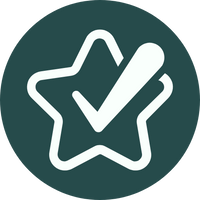
Optimum Travel Time Heat-Map
Explore the best times of the year to visit your dream destinations so you get minimum crowds and maximum experience
Use Heat-Map
Point A - B Travel Time Estimator
Get an idea of just how long you can expect to travel from home to your dream destination including multiple travel modes
Use Time EstimatorCo2 Calculator
Do your own travel impact calculations using our multiple Co2 calculators.
Measure Your Co2Tour FAQ's
Is this trip better as 10 days or 14?
Both follow the same core route. 10 days covers Tokyo, Hakone (Mt Fuji viewpoints), Kyoto and Osaka. 14 days adds Kōyasan (temple stay), Nara, Hiroshima and Miyajima for more culture and history.
Where does the tour start and finish?
Start: Tokyo. Finish (10-day): Osaka. Finish (14-day): Hiroshima. Your guide can help with onward travel.
How fit do I need to be?
Rated Easy–Moderate. Expect urban walking, station stairs and standing time in museums/temples. Typical full days can feel like a long city stroll—comfortable shoes make all the difference.
What kind of accommodation is used?
A mix to suit each location: twin-bunk hostel (Tokyo), tatami-mat guesthouse (Hakone), temple stay (Takayama; and Kōyasan on the 14-day), pod-style ryokan-hostel (Kyoto), and twin-share hotel (Osaka/Hiroshima). Equivalent properties may be used when needed.
More FAQ's
Can I get a private room?
Single upgrades may be limited and depend on the operator’s availability. Ask at booking—shared configurations are the default.
Are meals included?
Yes—key highlights are included (for example: Welcome Dinner in Tokyo, Sushi Class with Lunch, Family Nabe Dinner in Hakone, Osaka Food Tour Dinner, plus additional Breakfasts across the itinerary). All other meals are at your own cost—perfect for street eats and market grazing.
I’m vegetarian or have dietary needs—can this be accommodated?
Generally yes. The sushi class offers a vegetarian option with one week’s notice. Temple cuisine (shōjin-ryōri) is vegetarian. Share any allergies/preferences early so the guide can help you choose suitable eateries.
Will I see Mt Fuji?
Mt Fuji views are weather-dependent. Hakone is chosen for the best chance; if clouds roll in, the day still includes scenic valleys, lakes and classic mountain touring.
What about onsen etiquette and tattoos?
At public baths/onsen: wash thoroughly before soaking, no swimwear, keep hair and towels out of the water. Some venues restrict visible tattoos—look for tattoo-friendly options, private baths, or use cover patches.
Is the Kendo class guaranteed?
It is included, but may run on Day 7 or Day 8 depending on the departure’s schedule.
I have asthma—can I visit Owakudani?
Owakudani’s volcanic gases can aggravate respiratory conditions. Travellers with asthma or similar should avoid Owakudani—your guide will help with an alternative nearby.
Do I need a Japan Rail Pass?
No separate pass is required for the tour. Tickets for intercity and local travel per itinerary are arranged. If you’re extending your stay independently, a pass may or may not be worthwhile based on your plans.
How much luggage should I bring?
Pack light—carry-on backpack or small roller. Japan’s stations have stairs and crowds. Takkyubin (luggage forwarding) is easy and inexpensive if you prefer to travel even lighter between cities.
What power outlets are used in Japan?
Type A/B, 100 V. Bring a universal adaptor and a small power bank for long days out.
Is cash still needed?
Yes—cards are widely accepted, but small eateries, market stalls and temple donations often prefer cash. ATMs in convenience stores typically accept foreign cards.
Is travel insurance required?
It’s strongly recommended for medical, trip interruption and activity coverage.
Can I join solo?
Absolutely. Solo travellers are common and rooming is shared as noted; upgrades may be possible on request.
Are visas required for this trip?
Entry rules vary by passport and length of stay. Check the latest official guidance for your nationality before booking and departure.
Anything else I should know?
Early starts help beat crowds at headline sights (Fushimi-Inari, Kiyomizu-dera, Golden Pavilion). Bring respectful attire for shrines/temples, stay hydrated in summer, and expect cooler temperatures in Hakone, Takayama and Kōyasan versus the cities.
- 0 – 2t | Low
- 2 – 4t | Moderate
- 4 – 6t | High
- 6 – 8t | Very High
- 8t+ | Extreme
(T = tonnes CO₂e)
Still Searching? Check these out…
BOOKING & PAYMENT FAQ's
What’s the deposit & payment process?
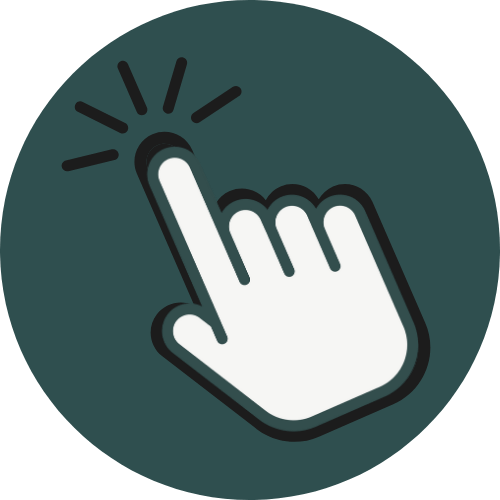
Choose Tour
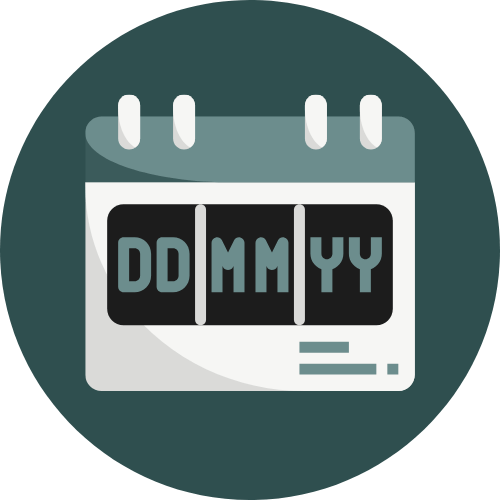
Pick Dates

Reserve Spot

Sort Logistics

Adventure Time!
Here’s how it works—clean, simple, no surprises:
A) "Book with Deposit"
- Place a deposit. You’ll pay the deposit at checkout.
- Tell us the details. You’ll receive an email asking for your tour name/date, passenger details, and any special requests (room type, extras, dietaries, etc.).
- We secure your spots. If everything’s clear, we confirm your booking by email so you can lock flights and plan the rest.
- If we need anything (e.g., room configuration, add-on activities), we’ll ask—then issue confirmation once sorted.
- Final balance invoice. After confirmation, you’ll be invoiced the remainder in line with the trips booking terms & conditions (each trip/partner has its own timeline but full payment is generally required at least 30 days prior to departure).
- If we are unable to confirm your spot: you’ll receive a full refund of your deposit. Zero stress.
B) Instant confirmation route (selected trips)
- Some departures use live operator booking calendars. These can deliver instant confirmation inside the operator’s system.
- If you book this way, the operator’s terms & conditions apply immediately (including payment schedules and change/cancellation rules).
Good to know
- Each trip may have slightly different deadlines and deposit rules—You can find the terms and conditions for your chosen booking on the listing page.
- You can still flag special requests after deposit—earlier is better for availability.
What’s your cancellation & refund policy?
Before your booking is confirmed
- If we can’t confirm your spots after you’ve paid a deposit, we’ll issue a full refund of that deposit.
After your booking is confirmed
- Cancellations follow the operator’s cancellation schedule (varies by trip and how close you are to departure).
- Expect possible fees or non-refundable items (e.g., internal flights, permits, certain accommodations).
- If a refund or credit is due, we’ll process it once the operator releases the funds and pass it back to your original payment method.
Instant-confirmation bookings (live operator calendars)
- The operator’s T&Cs apply immediately on these. Some departures are non-refundable or have stricter windows.
How to cancel
- Email us your booking reference, names on the booking, and a one-line request (“Please cancel”).
- We’ll reply with the exact penalties/refund or credit per your operator before proceeding.
If the operator cancels or significantly changes your trip
- You’ll be offered an alternative date, a travel credit, or a refund according to that operator’s policy. We’ll advocate for the best outcome for you.
Good to know
- Refunds are returned to the original payment method; bank/FX fees aren’t usually recoverable.
- Travel insurance is your friend for recovering non-refundable costs.
- The earlier you contact us, the better your options typically are.
Can I change dates or transfer my booking?
Short answer: Usually yes, but it depends on the operator’s rules and how close you are to departure.
Date changes
- We’ll check new-date availability with the operator.
- If a change is possible, you’ll pay any applicable operator change fee plus any price difference for the new date.
- The closer to departure, the tighter (and costlier) changes become; some trips treat late changes as a cancel + rebook under the operator’s policy.
Transfer to another person (name change)
- Many operators allow a name change/transfer up to a certain cut-off.
- Fees and deadlines vary by operator and services booked (e.g., flights may be non-transferable).
Instant-confirmation bookings
- If you booked via a live operator calendar, the operator’s T&Cs apply immediately. Some departures are non-changeable or have stricter windows.
How to request a change
- Email us with your booking reference, preferred new date/person’s details, and any flexibility.
- We’ll confirm options, fees, and any price differences before making changes.
Pro tips
- Ask early—more seats = more options, lower fees.
- Consider travel insurance that covers change/cancellation costs.
- Always check booking terms and conditions, links displayed on each tour page under the overview.
Are you accredited / is my money protected?
Yes. Your money is protected by our own accreditation and safeguards, plus the protections of our tour partners and the payment methods we use.
Our business safeguards
- Legally registered business with documented booking & refund policies.
- Commercial insurance appropriate to our operations.
- VTIC Quality Tourism Accreditation (Quality Tourism Accredited Business) confirming we meet industry standards for customer service, safety, and risk management.
Operator-level protection
- We partner only with established operators who maintain their own financial protections and clear refund/credit policies.
- When you book via a live operator calendar, payment is processed directly by the operator and their protections/terms apply immediately.
How your payment is handled
- All card payments run through a secure, PCI-compliant gateway; we don’t store your full card details.
- If you book through a live operator calendar, payment is processed directly into the operator’s system, and their terms & protections apply immediately.
Your legal rights
- Your purchase is also covered by consumer laws in your country/state (fair trading/refund rights). We reference the applicable jurisdiction on your paperwork.
Extra peace of mind
- Paying by credit card may add chargeback protection from your card issuer.
- We strongly recommend travel insurance to cover situations outside operator/consumer protections (your own cancellation, medical, delays).
Do you offer price matching?
Absolutely. Our prices update live from the operator, but if you spot the same tour on the same dates with the same inclusions and terms advertised for less — even in a public sale or promo — we’ll match it.
Already booked? We’ll refund the difference to your original payment method (eligibility applies, based on the final checkout price including taxes/fees from an authorised seller). And yes, the matched price still includes our 200% carbon offset — no dilution of benefits.
Do I need travel insurance?
Not for every trip—but for most travellers, we strongly recommend it
Some itineraries and partner operators do require insurance (especially remote treks, glacier walks, or bookings made via live operator calendars with mandatory cover).
When it’s required
- Certain partners/departures make insurance compulsory and may ask for proof before departure. If you book one of these, their T&Cs apply immediately.
What good cover includes
- Medical treatment & emergency evacuation/repatriation (high limits).
- Trip cancellation/interruption (protects your deposit and balance if plans change).
- Baggage & travel delay, and supplier default where available.
- Coverage for all activities on your itinerary (e.g., trekking, glacier hikes, kayaking) and any relevant altitudes/conditions.
- 24/7 assistance hotline and a clear claims process.
When to buy
- At booking. That way, cancellation benefits start immediately and you’re covered if something crops up before you travel.
How to share proof
- Email us your policy certificate (names, policy number, assistance phone).
- If you booked via an instant-confirmation operator calendar, follow their proof instructions and deadlines exactly.
Are departures guaranteed?
Most departures run as planned, but guarantees depend on the operator and minimum numbers. If there’s a wobble, we’ll tell you fast and give you options.
How it works
- Minimum group size: Most partners need a minimum number of travellers to confirm a trip.
- When we confirm: Each operator has a confirmation window (often 30–60 days before departure). We monitor load and update you as status changes.
- Any listing from "G-Adventures" will be guaranteed to run with a booking
If a trip is under-subscribed
- We’ll contact you with clear options:
Move to another date (same tour)
Switch to a comparable trip
Full refund of monies paid (per the operator’s terms)
- Any price differences for new dates/trips will be discussed before you decide.
If a trip is suspended (weather, park closures, strikes, force majeure)
- First, we’ll look to re-route or adjust (e.g., alternative park, similar activities).
- If that’s not viable, you can move dates, choose a different trip, or receive a refund/credit according to the operator’s policy.
Our promise
- Proactive comms: We’ll keep you posted as soon as we know more—no last-minute surprises if we can help it.
- No pressure choices: You pick the outcome; we handle the admin.
- Flight advice: Until your tour is confirmed, book flexible/refundable flights or add insurance that covers schedule changes.






